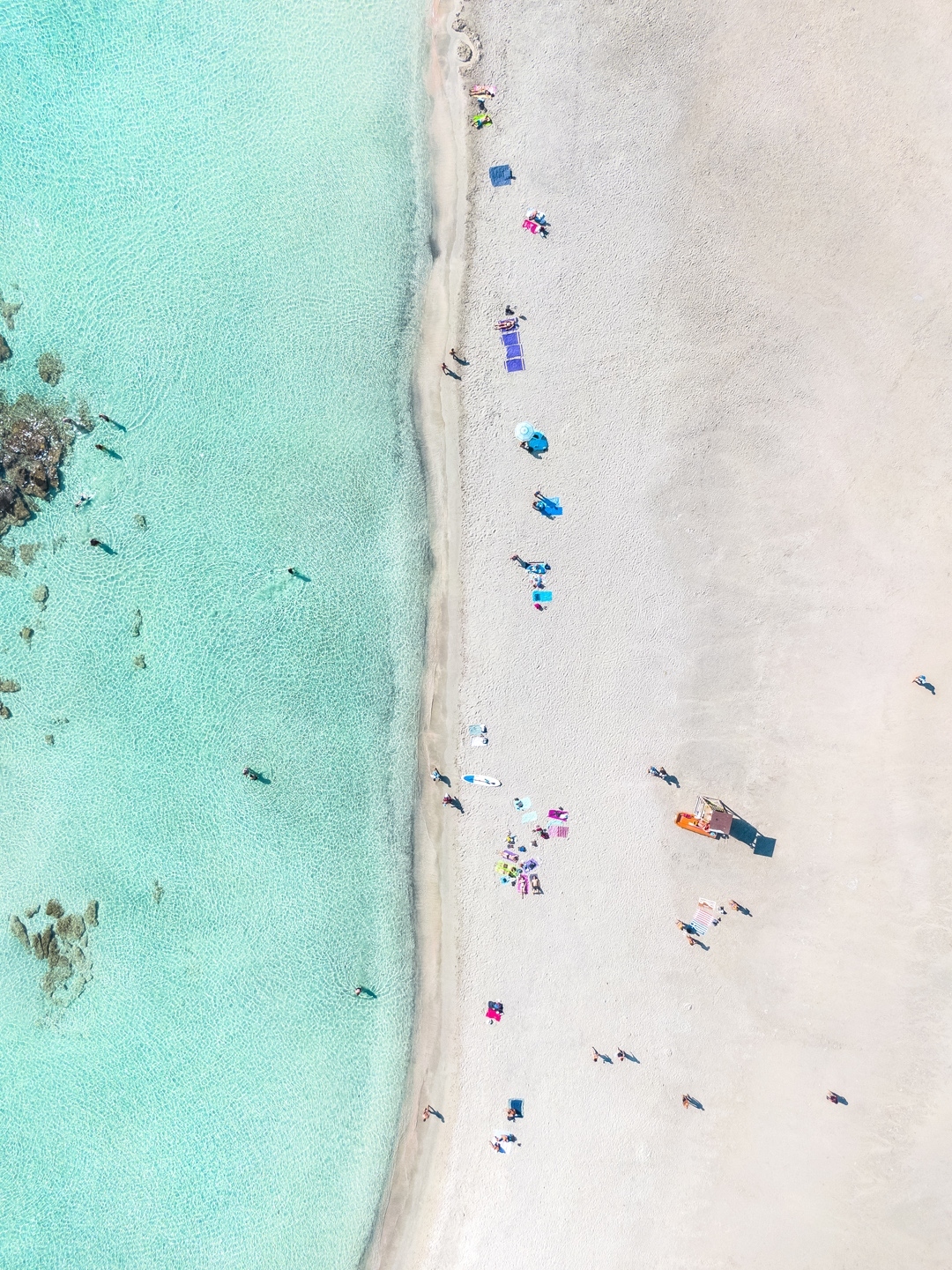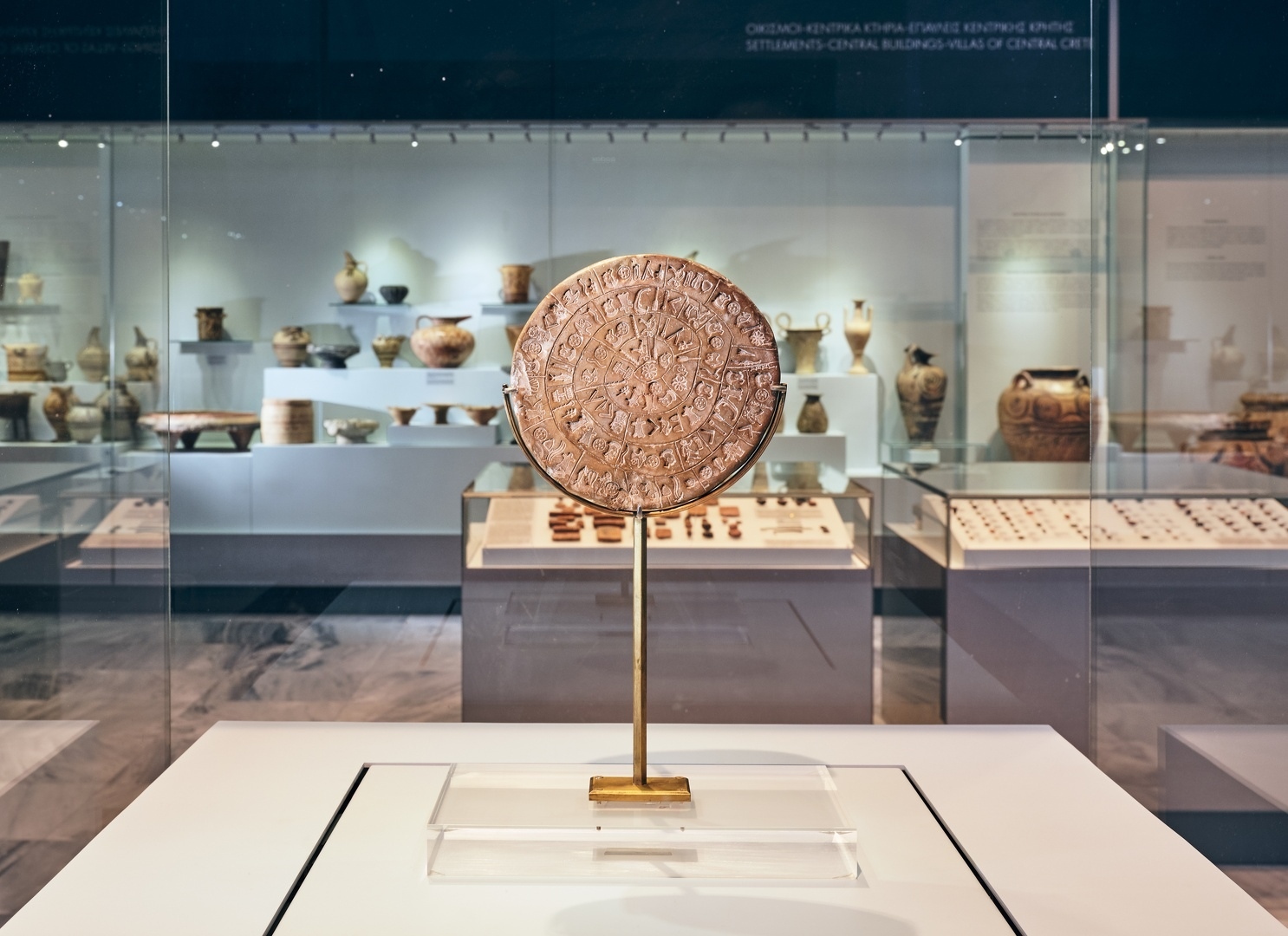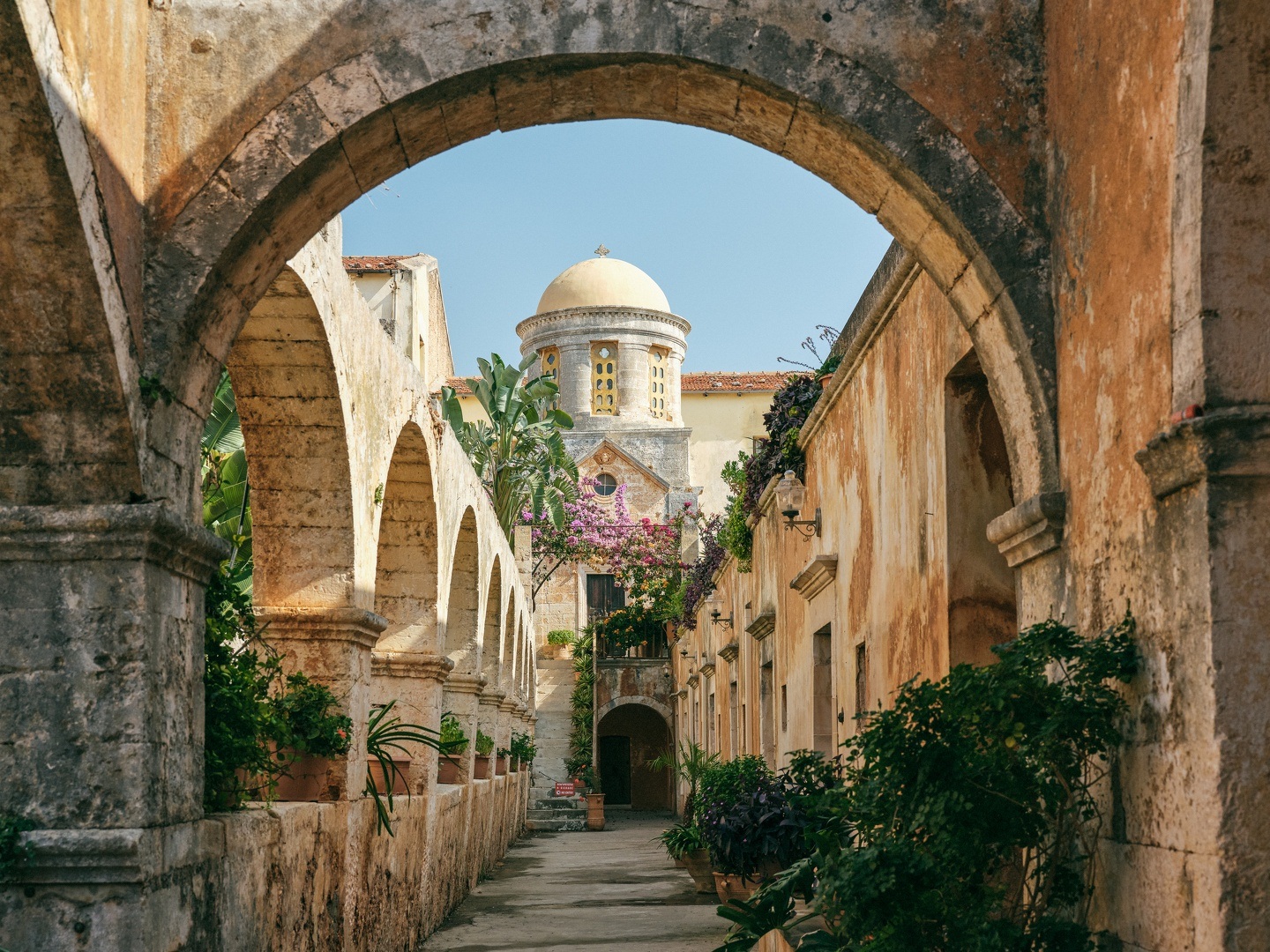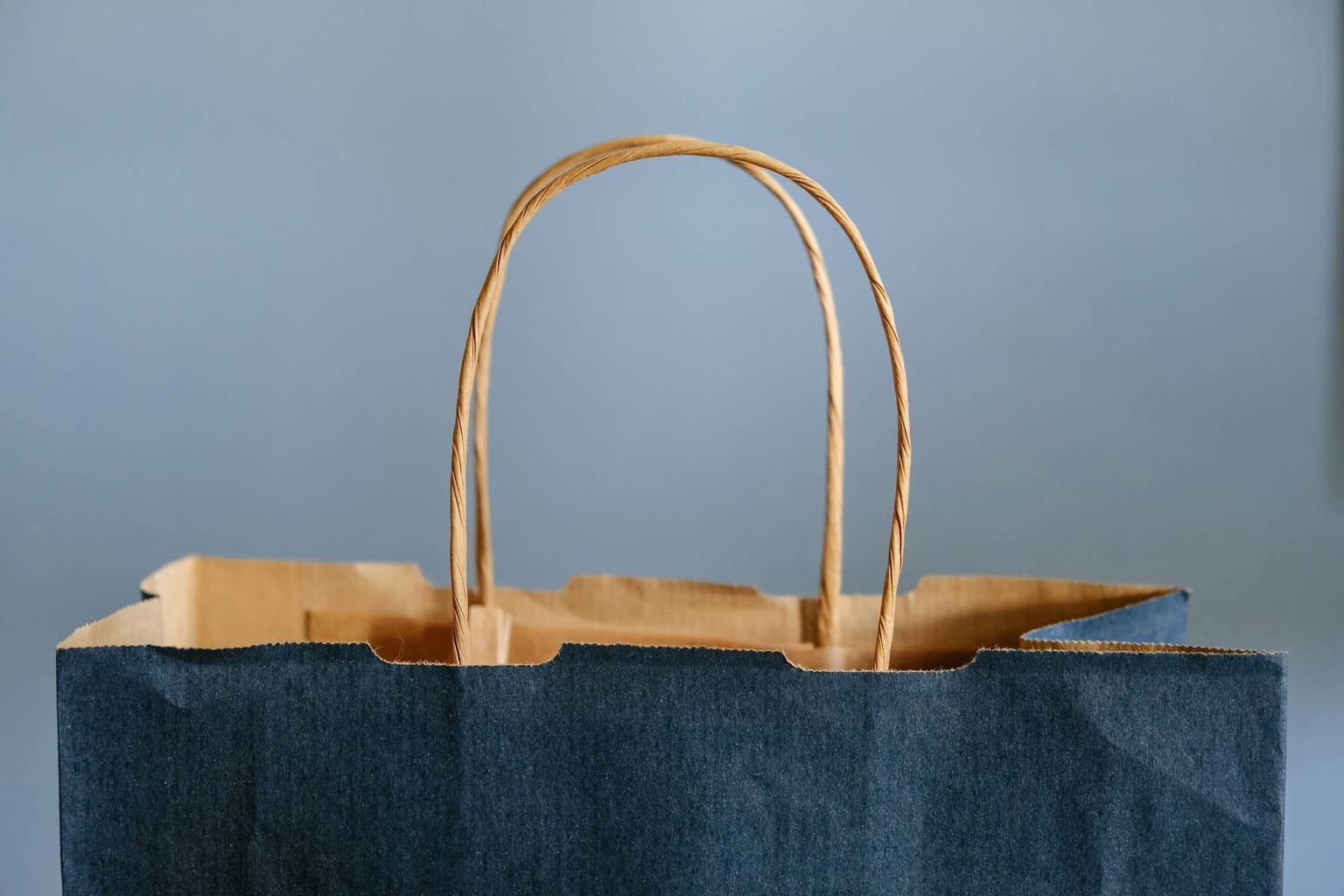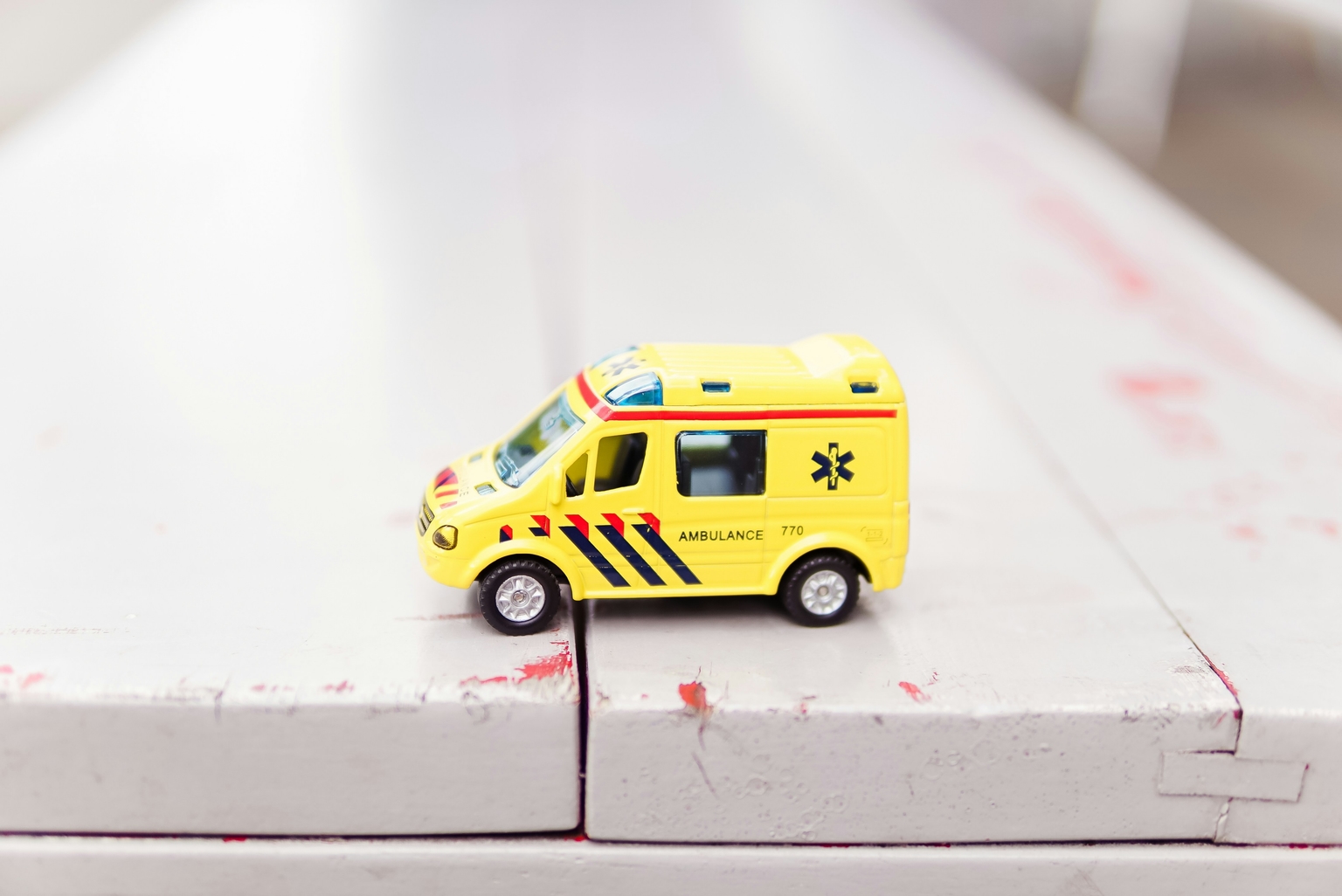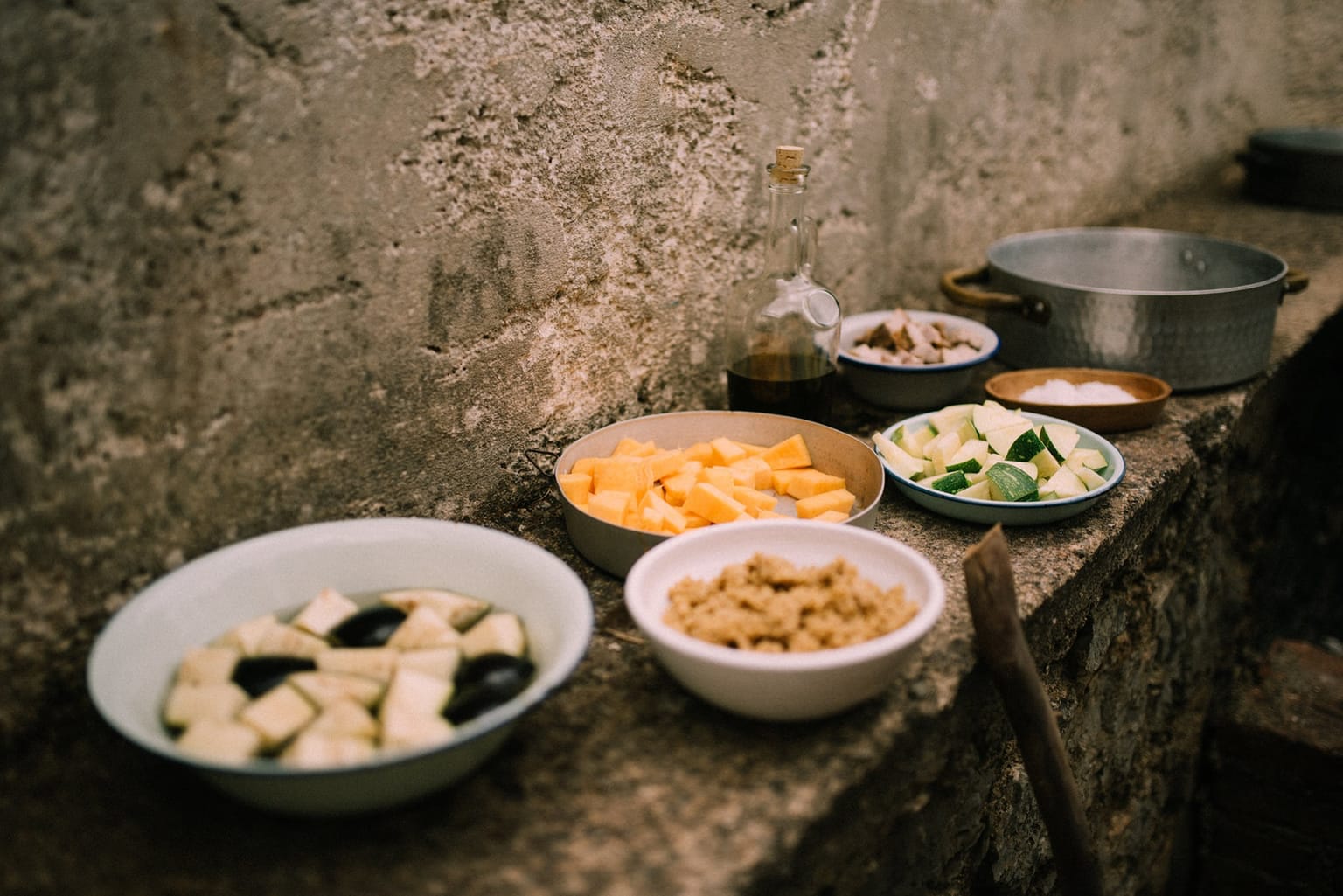
The Cretan tradition of "choirosfagia" is an age-old family ritual that has stood the test of time in many villages across the island. Every summer, families raise a small piglet, feeding it a wholesome diet of carob pods, vegetable peels, and fruit scraps. As Christmas approaches, the pig is slaughtered with the help of family and friends in a time-honored process.
Each part of the pig has its specific use:
- The tender meat near the spine becomes apaki.
- The belly is reserved for syglino.
- The head is used for tsiladia (a traditional pork jelly).
- The hind legs are transformed into choiromeri (ham).
- The intestines become sausages, and the glina (rendered fat) is stored as butter.
Apaki, a standout delicacy, is marinated in vinegar with salt and herbs for 2–3 days. It is then smoked with a mix of erontas (dittany), lathania, thyme, and cypress wood. Whether used as an ingredient in cooked dishes or served as a prized meze alongside raki, apaki is a true taste of Crete.
Ingredients
- 500g apaki, cut into pieces
- 2 cups xinohondros (Cretan sour wheat trahana)
- ½ cup olive oil
- 4 zucchini, chopped
- 1 slice of sweet pumpkin, chopped
- 2 eggplants, chopped
- 2 large onions, sliced
- 2–3 garlic cloves
- Salt and pepper to taste
Preparation
- Soak the xinohondros in cold water, then drain.
- Wash, peel, and chop the vegetables.
- In a wide pot, heat the olive oil and sauté the onions and garlic. Add the zucchini, eggplant, and a splash of water. Simmer until the vegetables soften slightly.
- Season with salt and pepper, then add the apaki and xinohondros. If necessary, add hot water to cover the mixture.
- Lower the heat and simmer gently until the dish is cooked through.
This dish is a celebration of Crete's culinary heritage, combining the smoky richness of apaki with the tangy and hearty texture of xinohondros. It's a perfect showcase of local ingredients and traditional cooking methods that will transport you straight to the heart of Cretan kitchens.
Recipe provided by Lena Igoumenaki, President of the Cretan Cuisine Festival.
Cretan Cuisine Festival
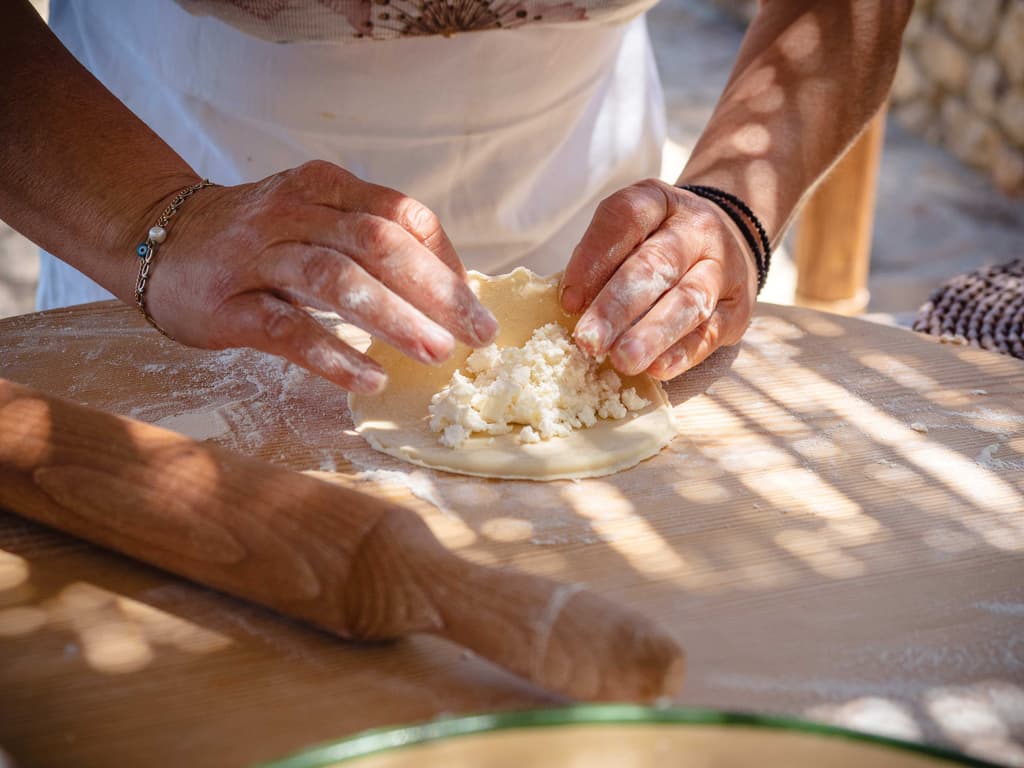
Mizithropites: Authentic Cretan Pies

Meat cake
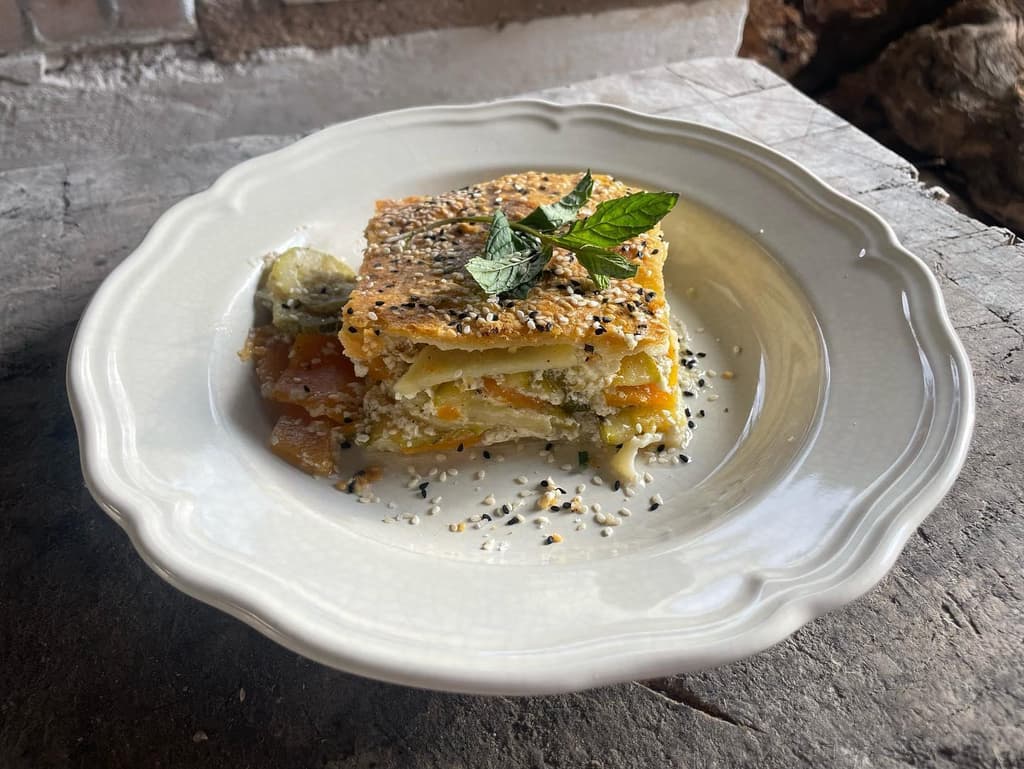
Chania Boureki or Courgette Boureki
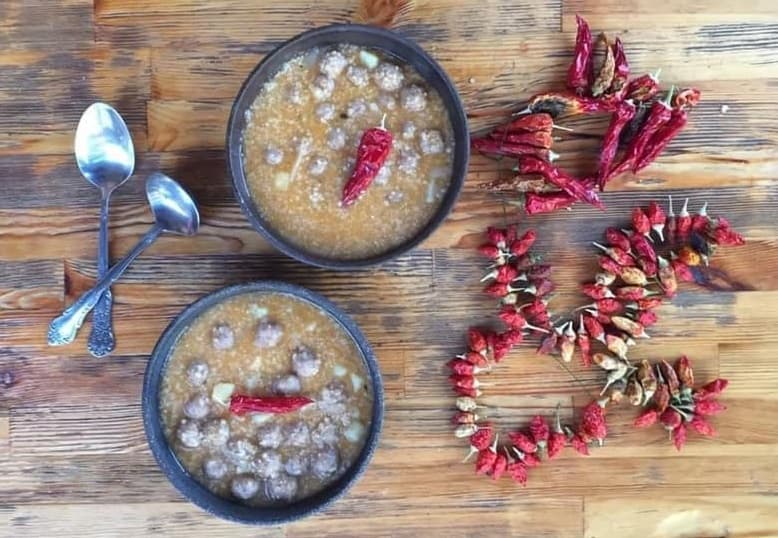
Topia (Balls)
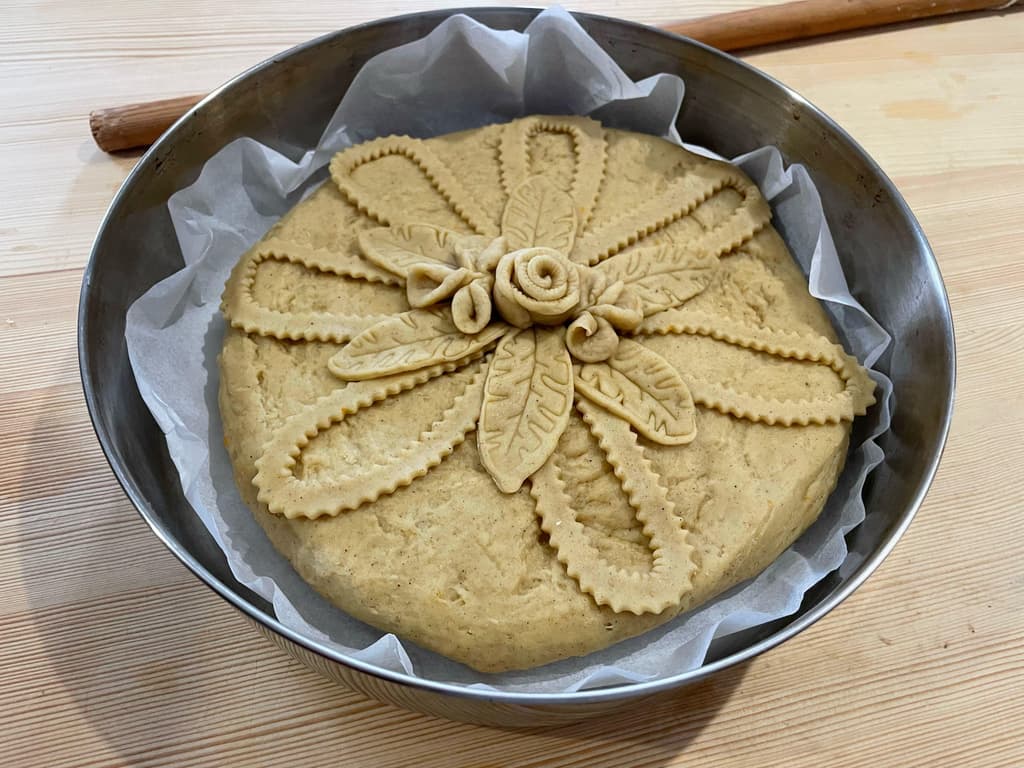
The Traditional 'Bread of the Year'
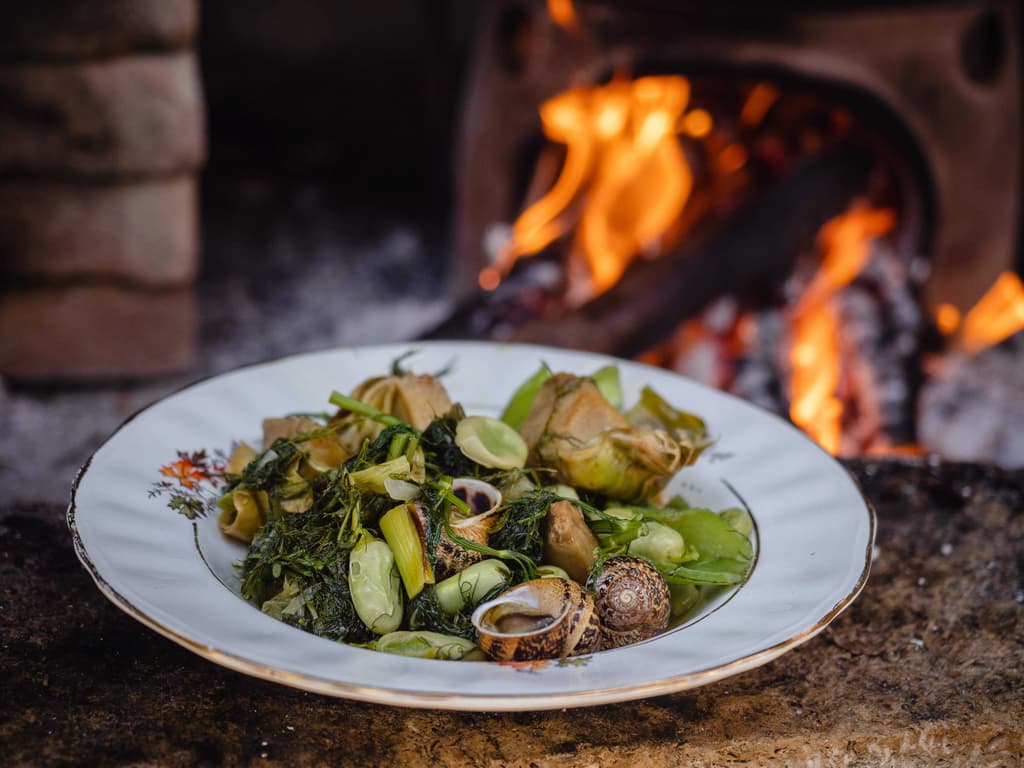
Snails with Broad Beans and Artichokes
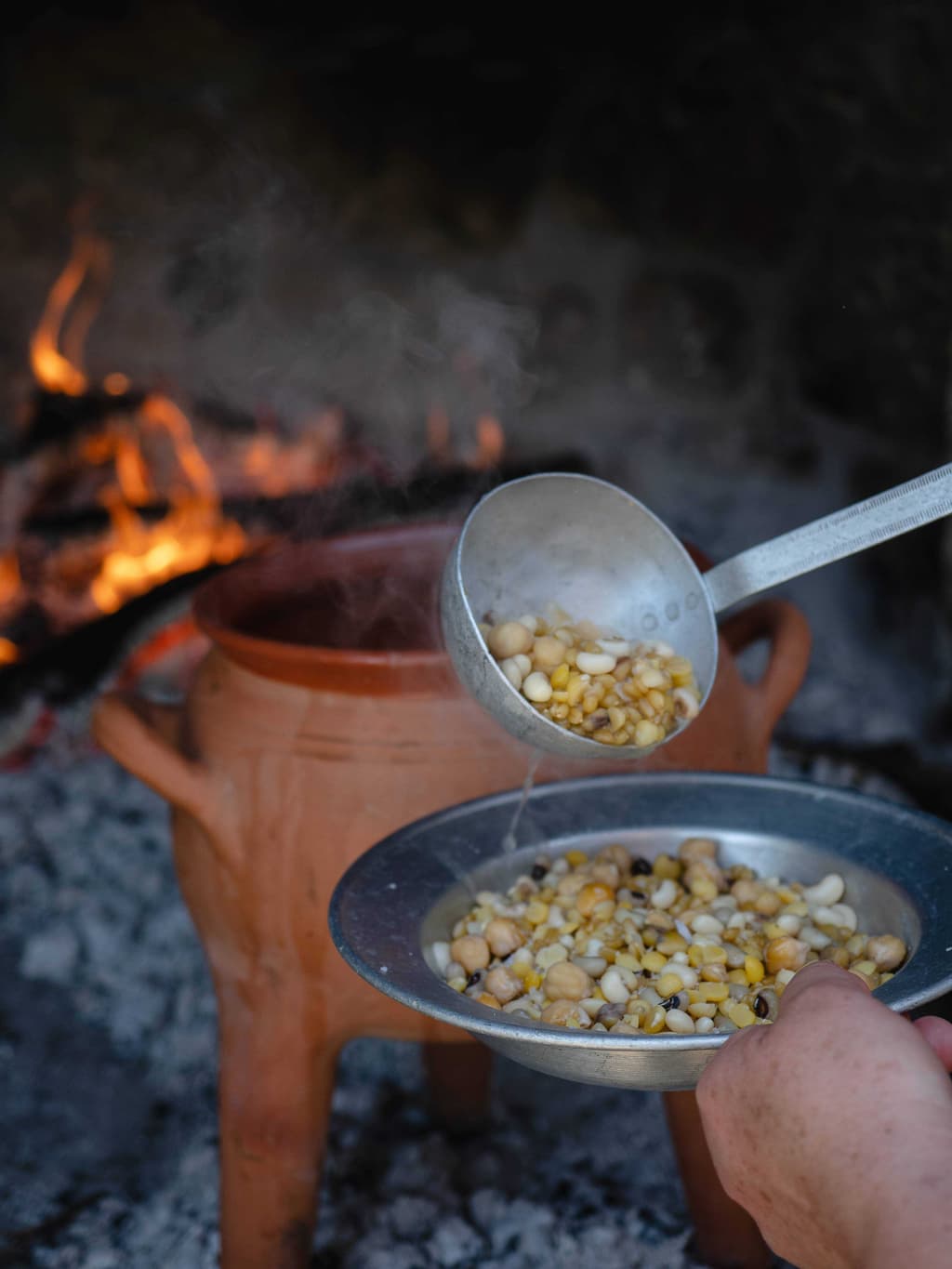
Cretan Ospriada or Palikaria (A Legume Dish)
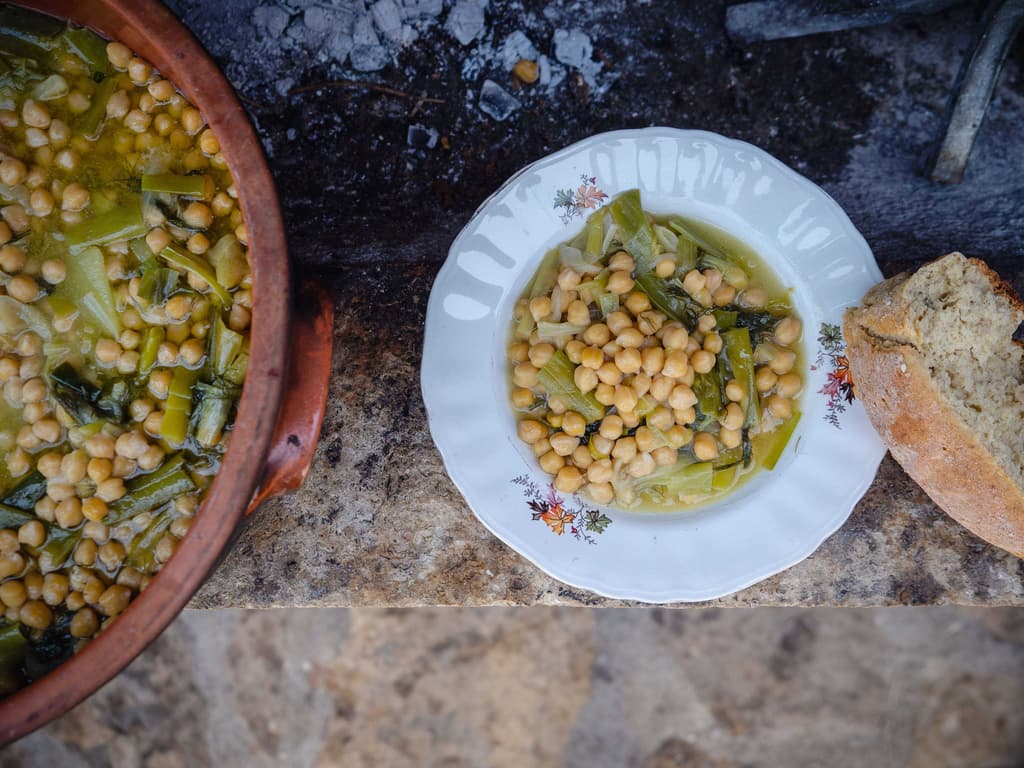
Chickpeas with Wild Leeks, Flour and Lemon Sauce
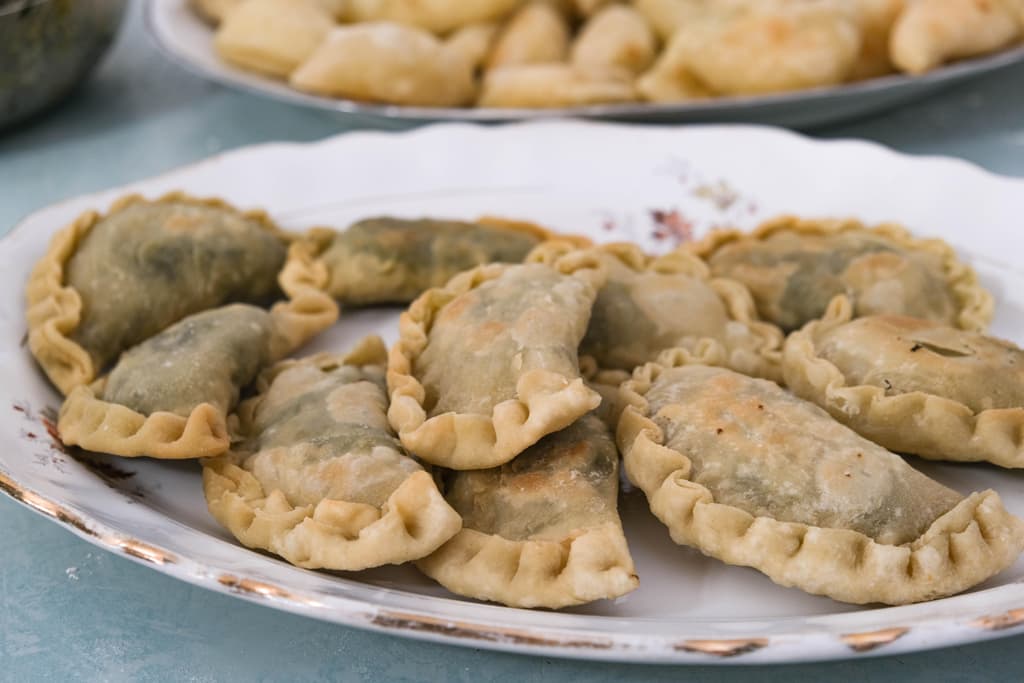
Pies with ‘Yachnera’ Greens
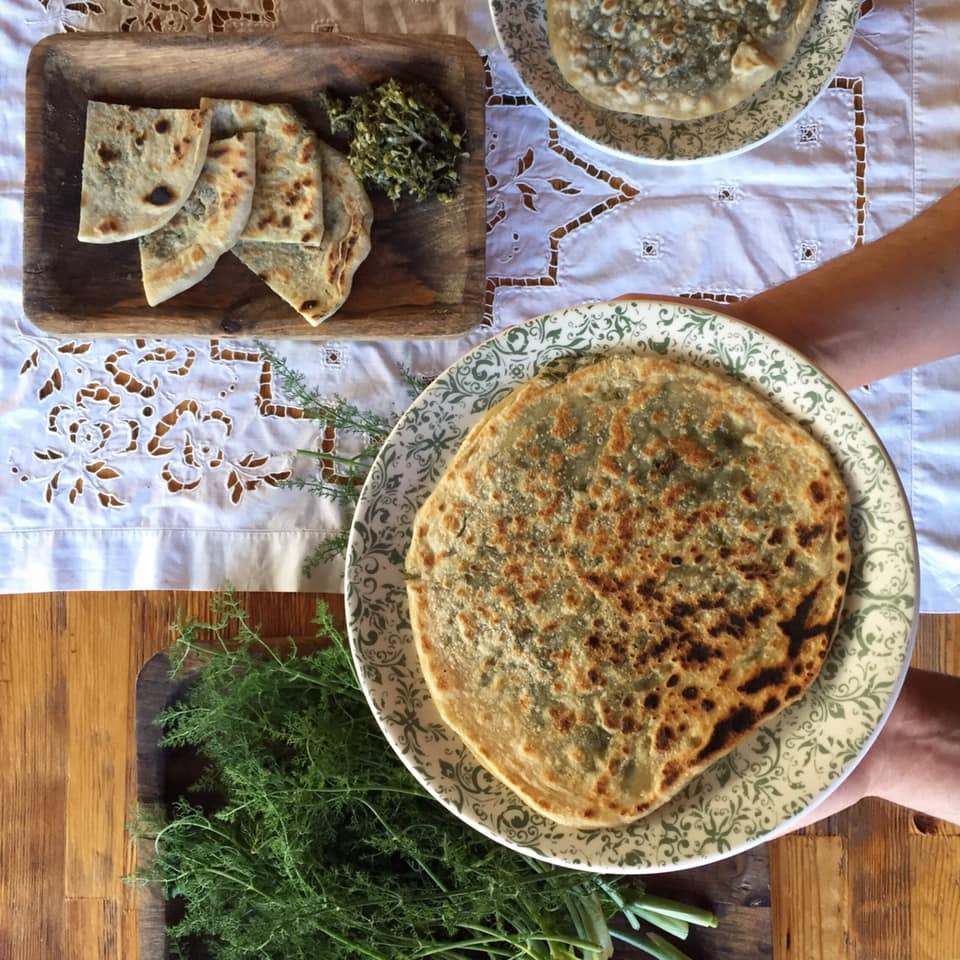
Fennel Pie

Sfakian Pie or Sfakianopita

Biscuits with Sesame Seeds

Sweet Rice Pie or 'Tzoulamas'
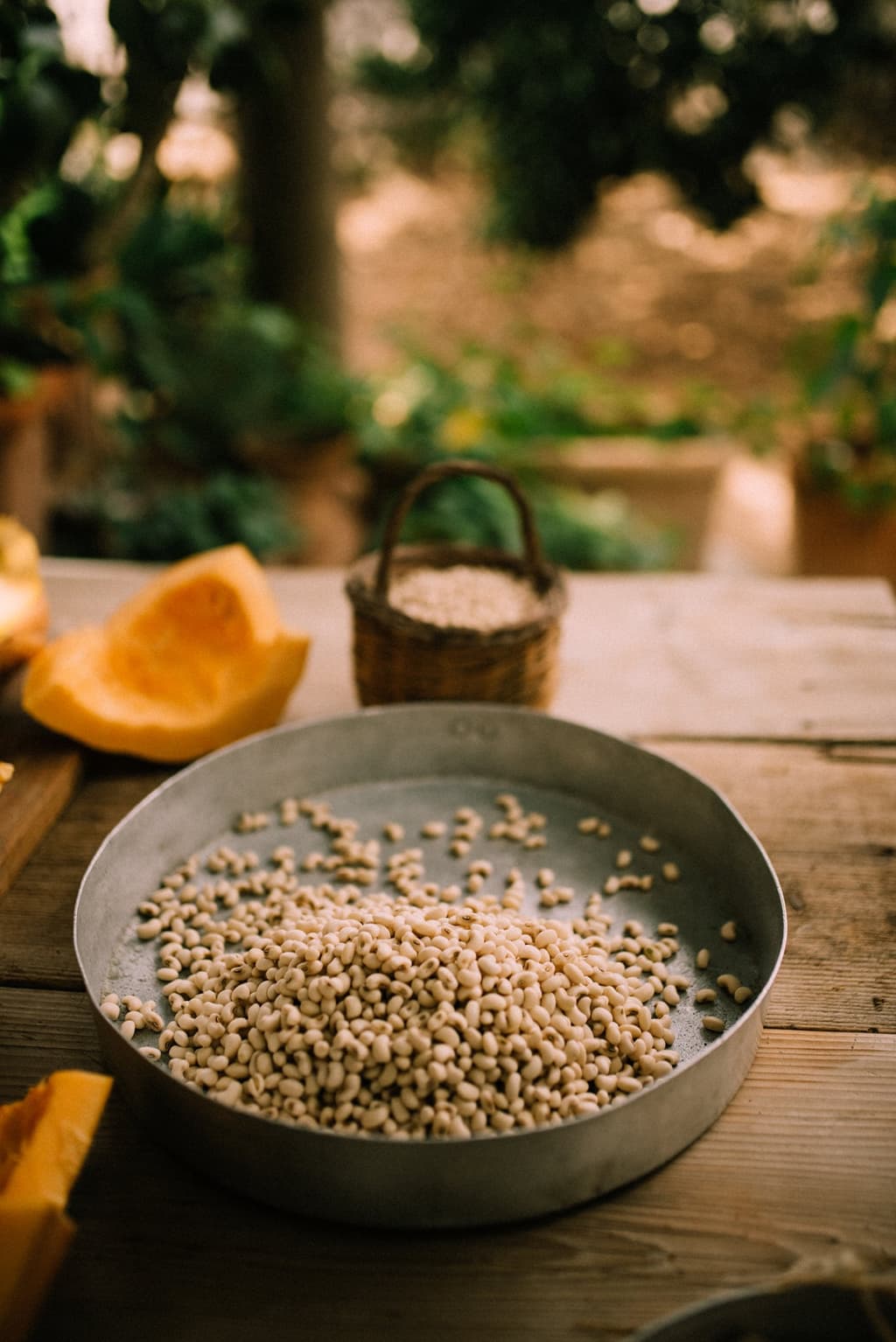
Apostoli White-Eyed Bean
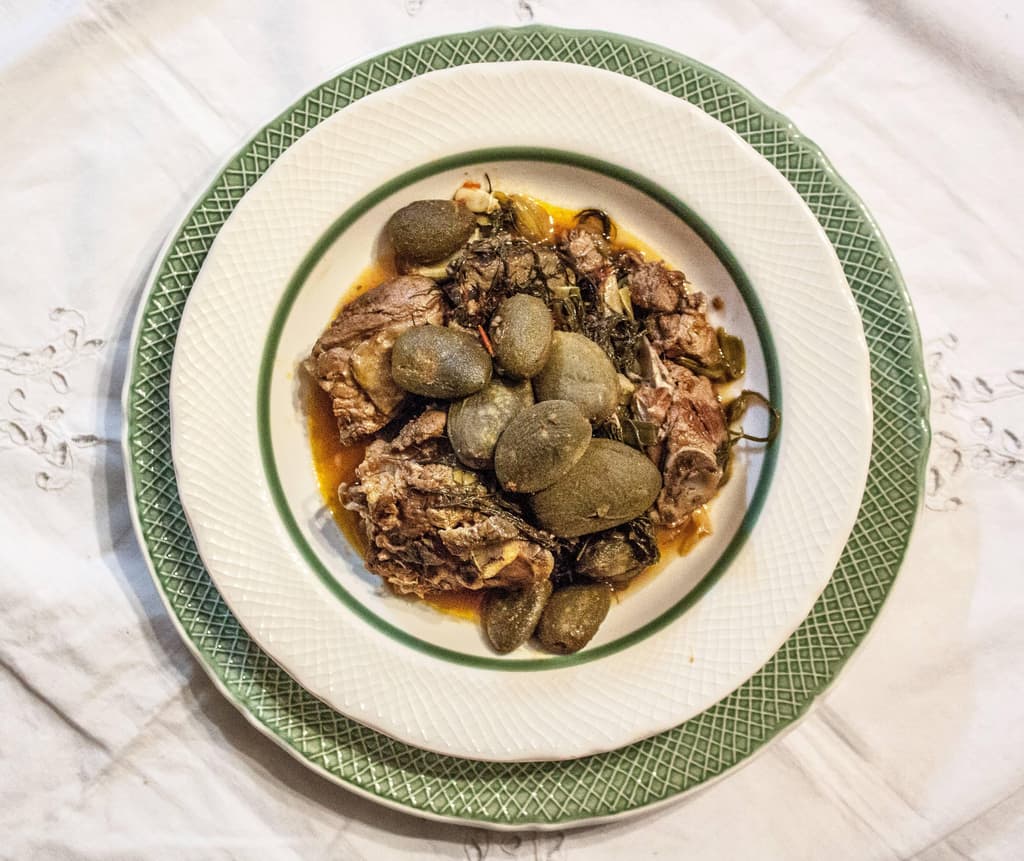
Almond-Infused Goat Dish with Fennel: A Fresh Delight
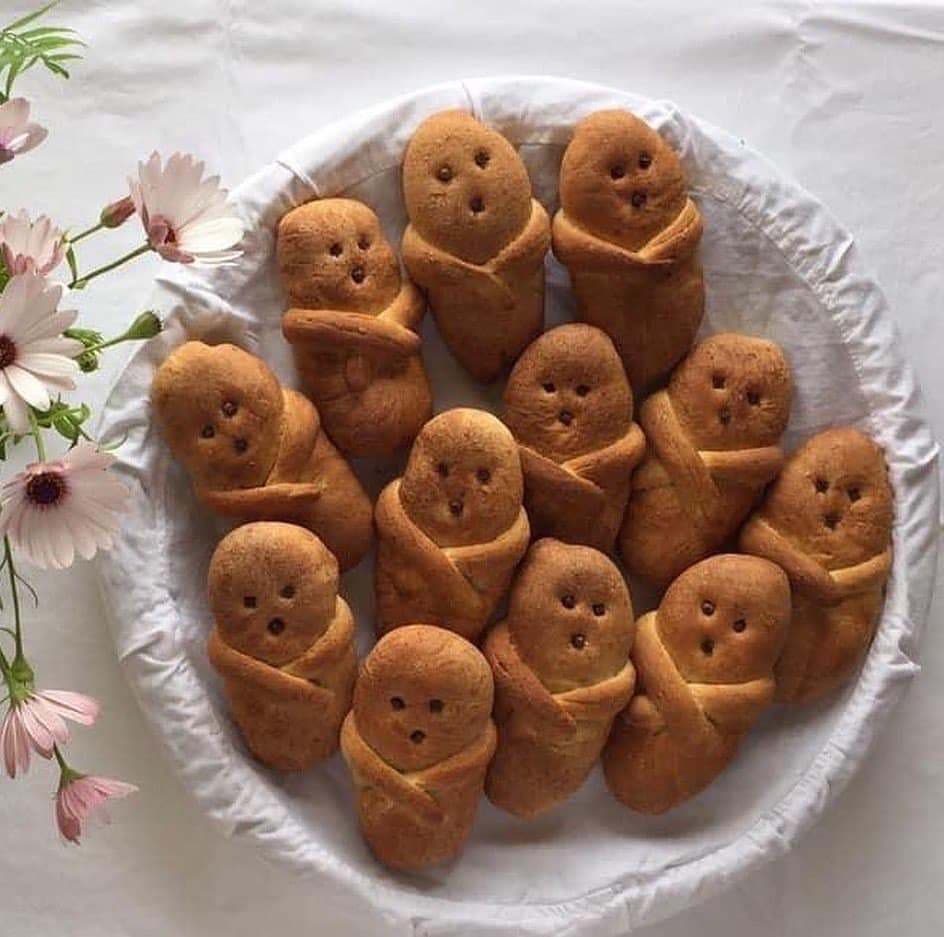
Lazarosavato

The Holy Week Sourdough
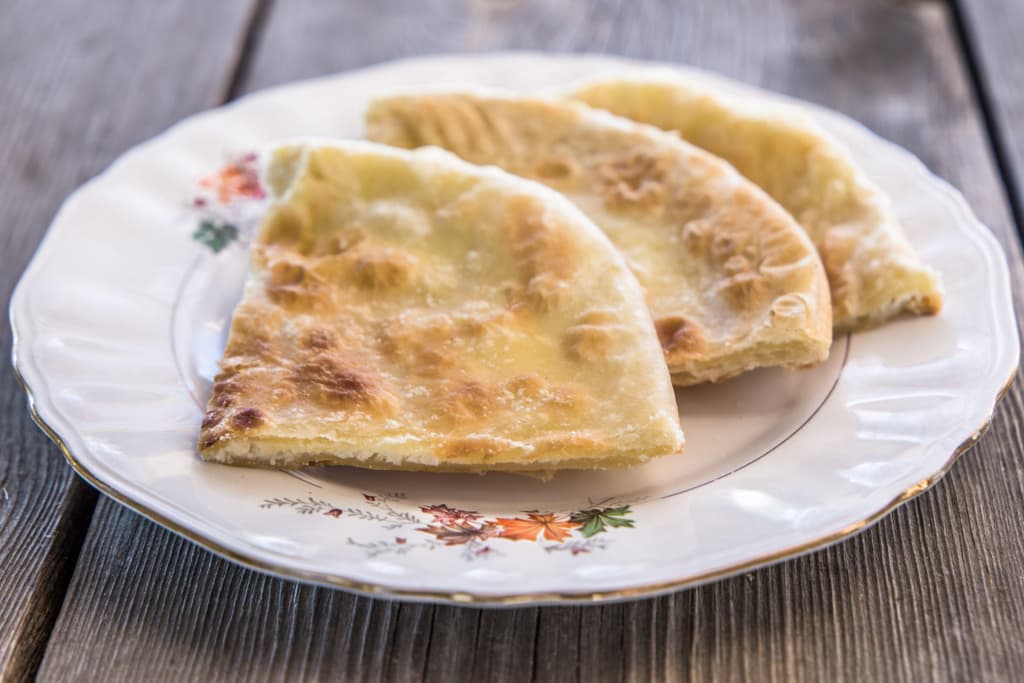
Nerati Mizithropita
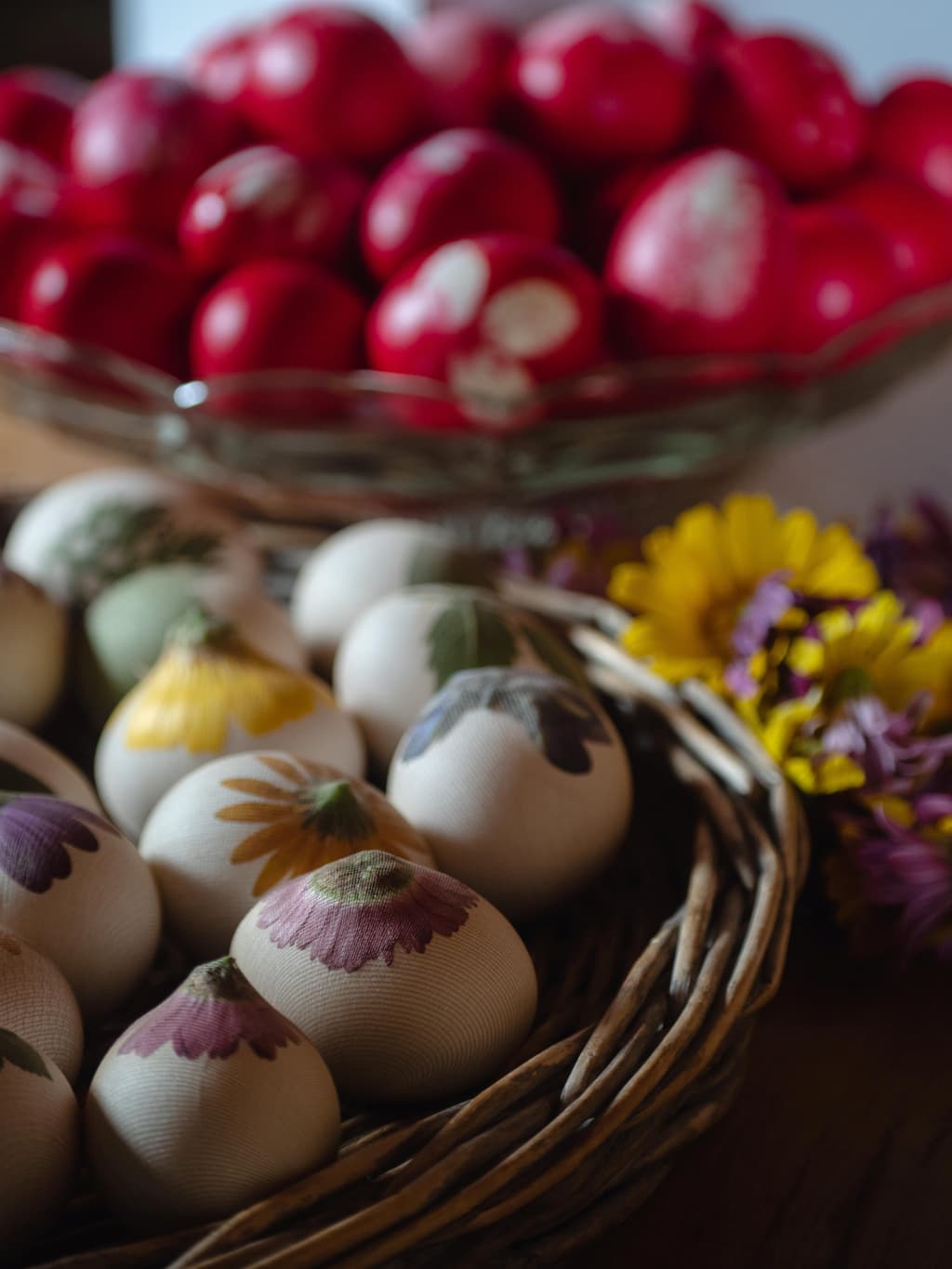
Easter Eggs
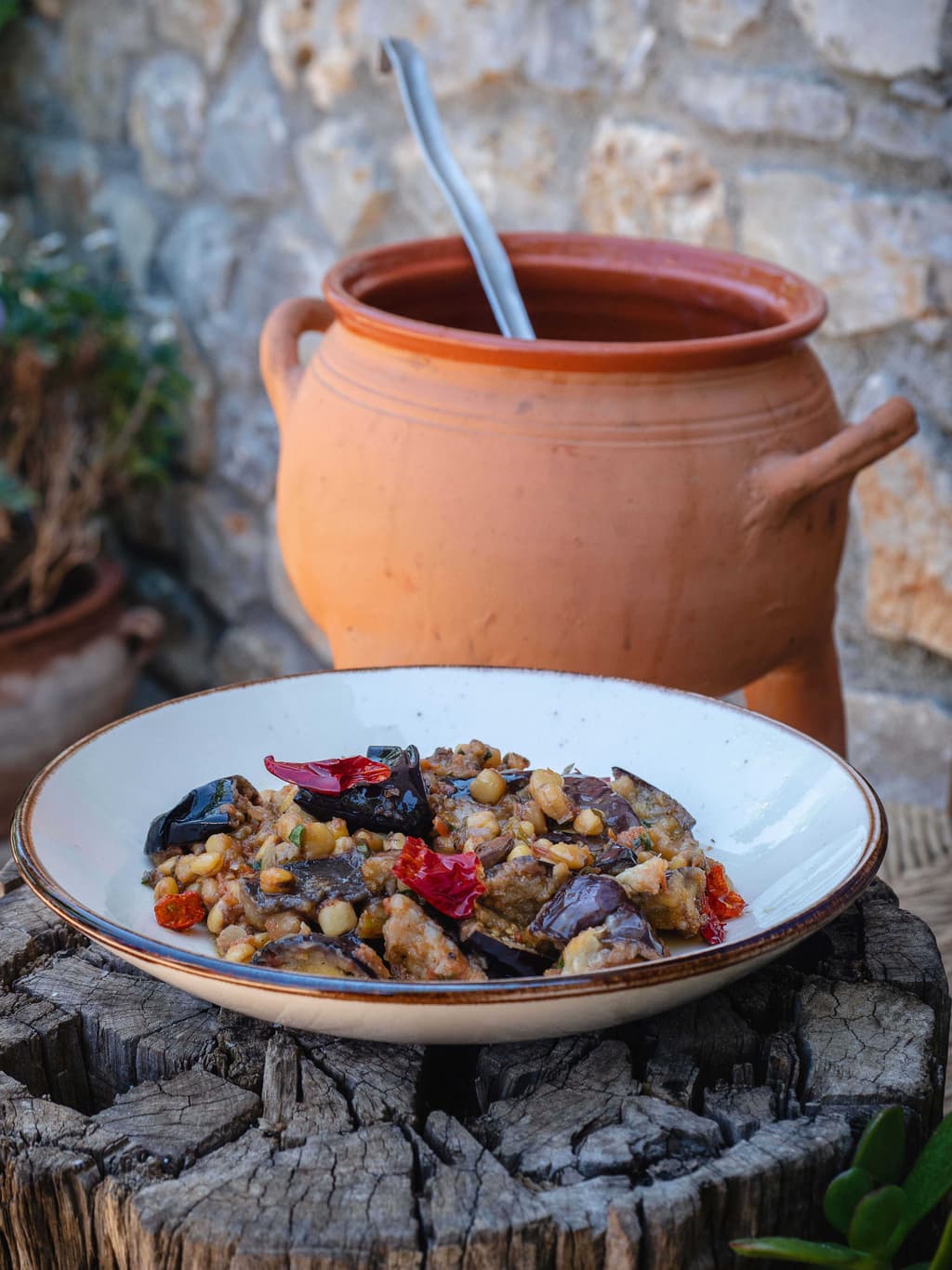
Kalikota
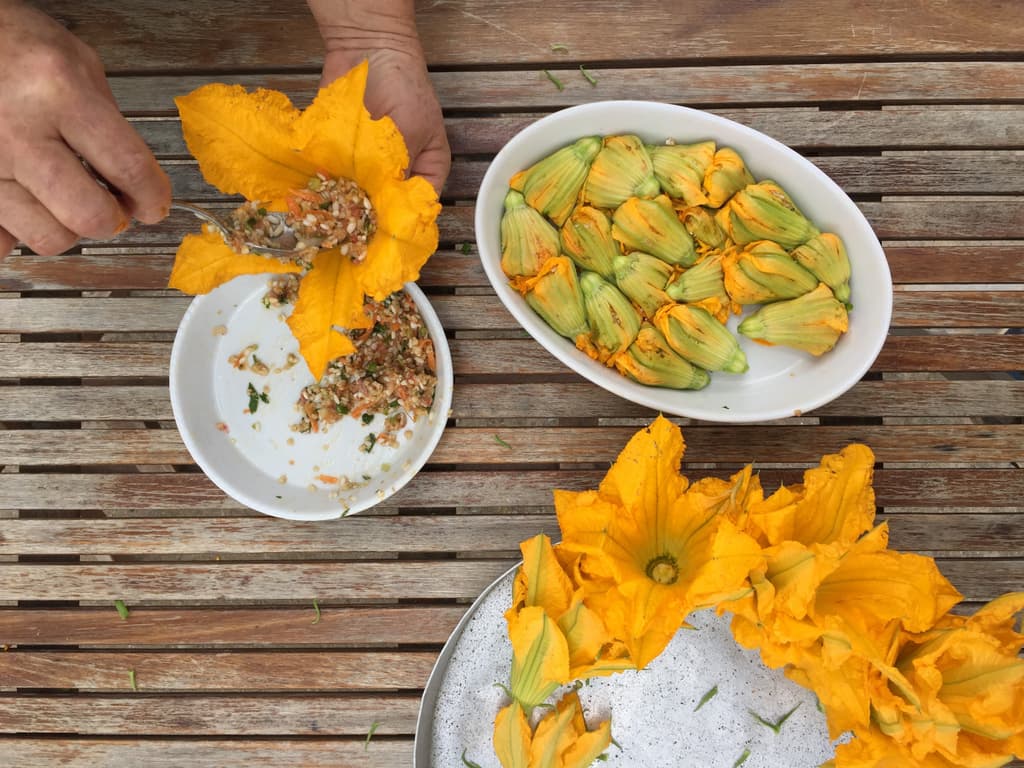
Stuffed Courgette Flowers
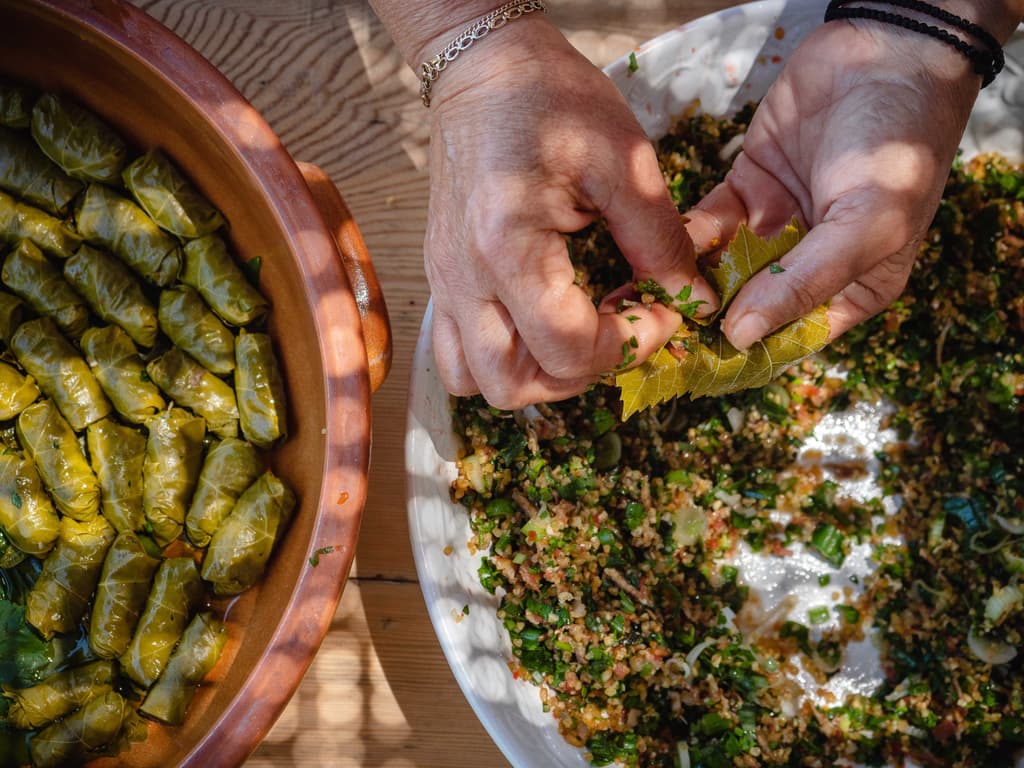
Stuffed Vine Leaves

Cracked Wheat and Snails
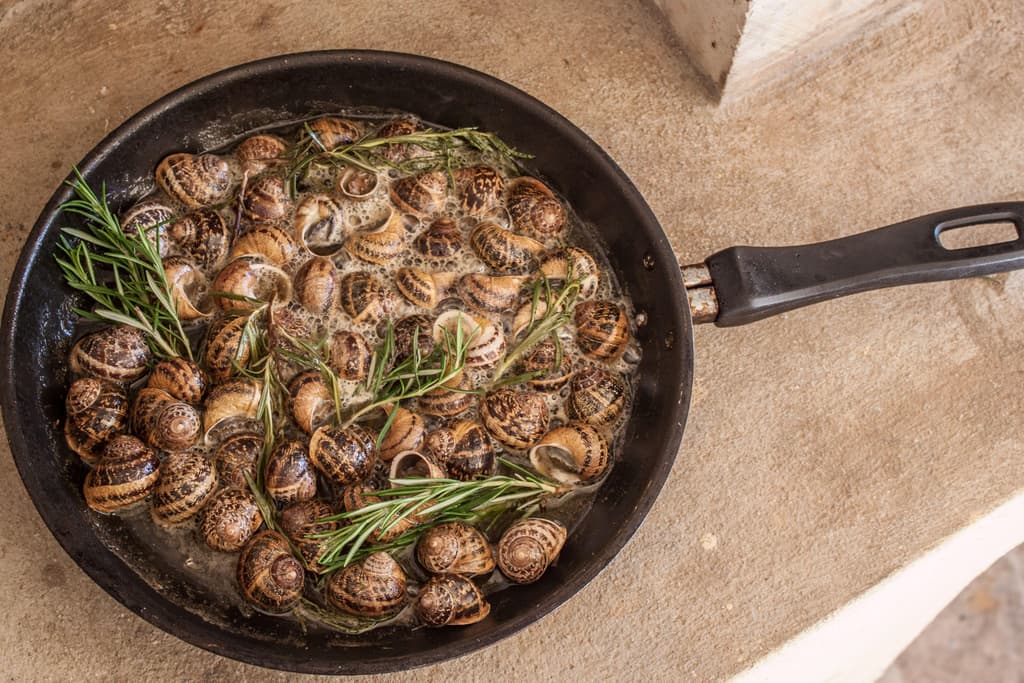
Chochli Boubouristi (Snails Face Down)
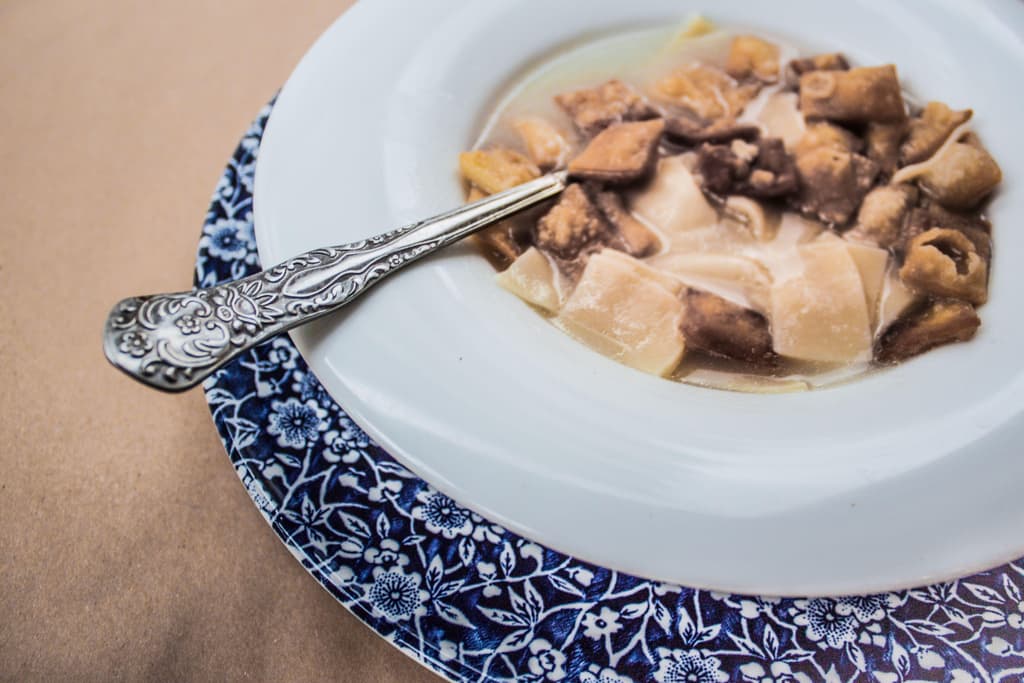
Mangiri
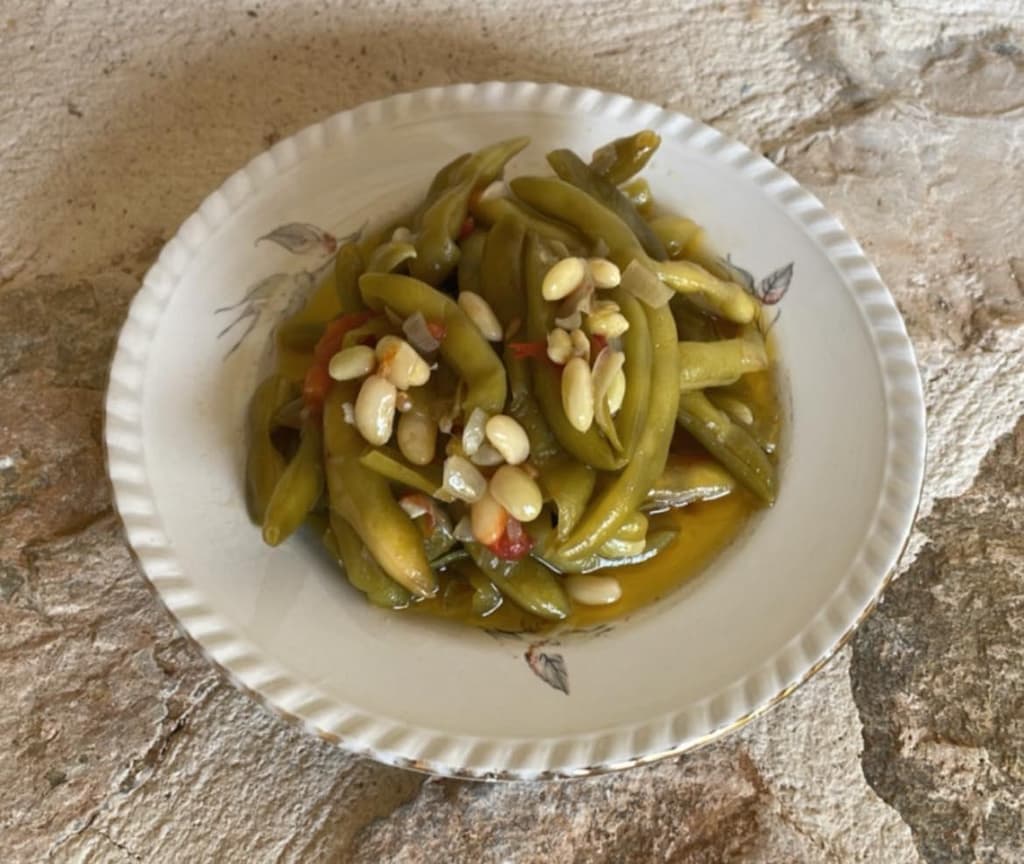
Symian Bean
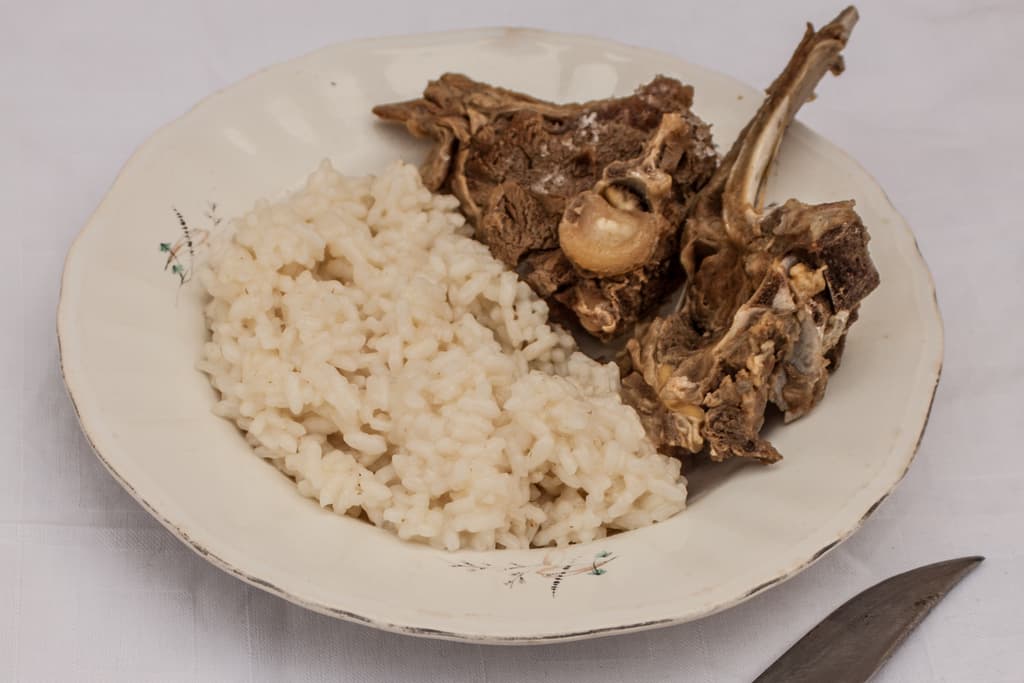
Cretan Pilaf
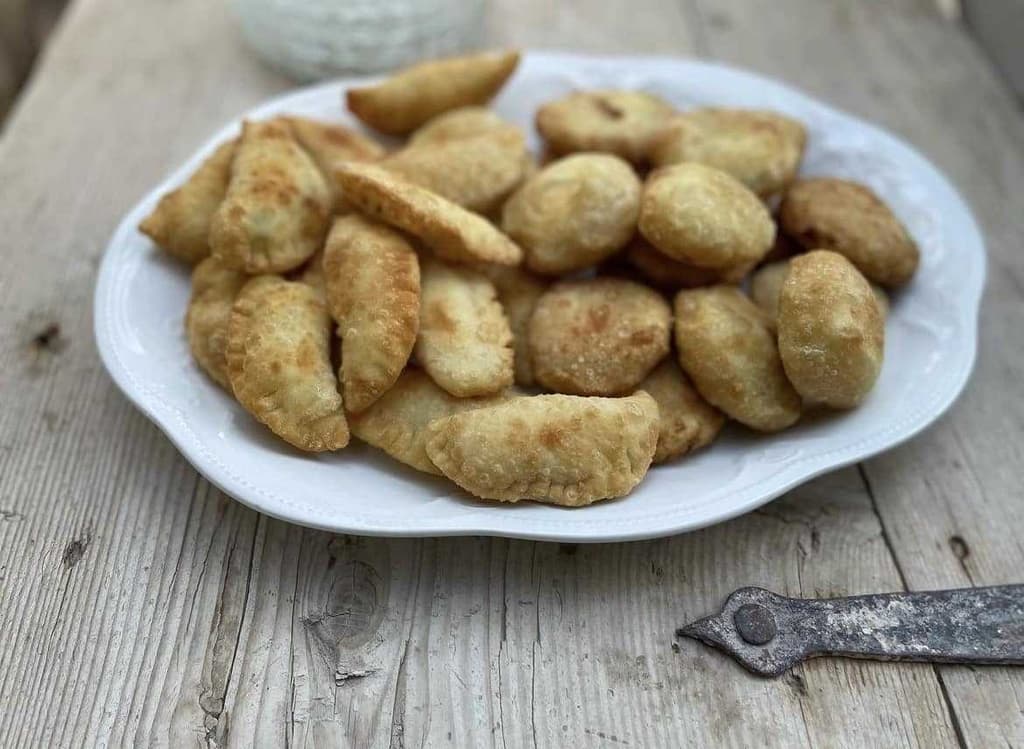
Rethymno Water Pies
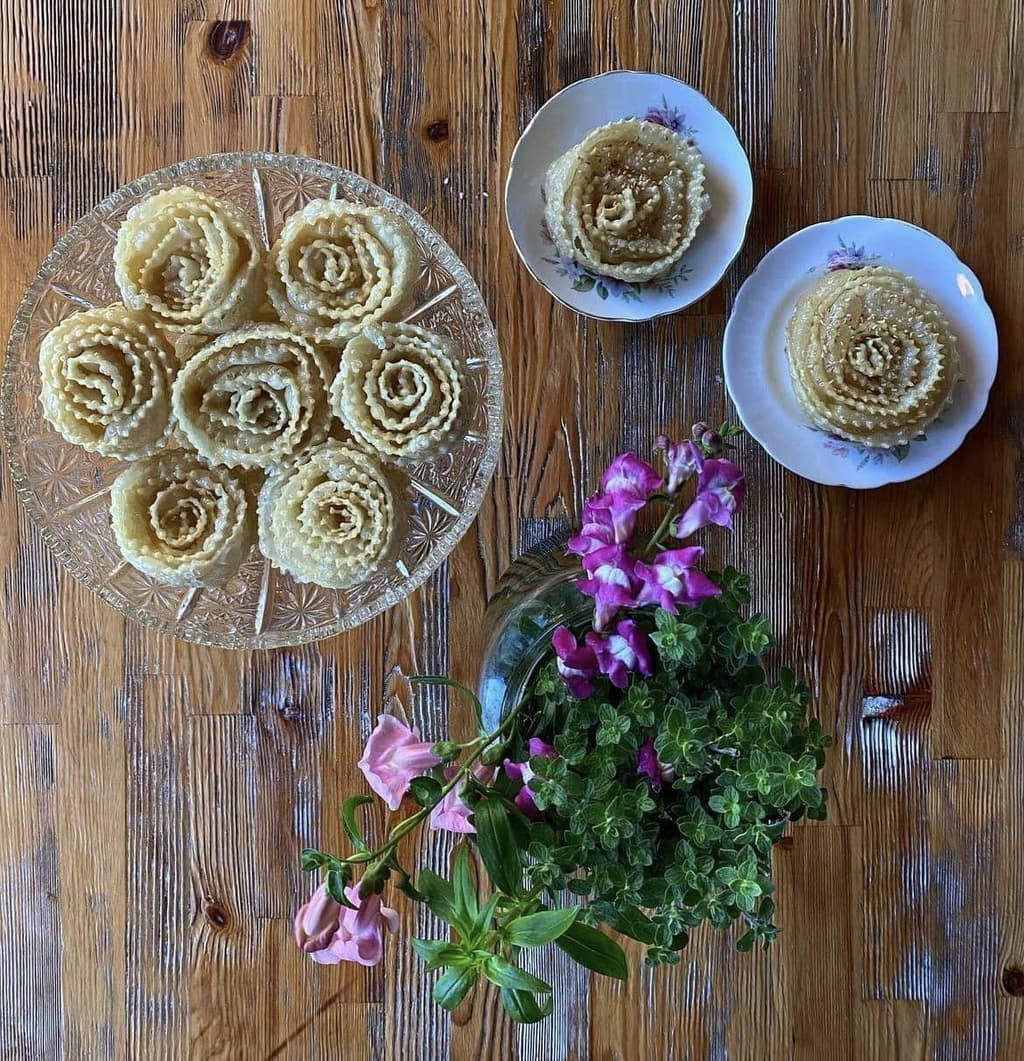
Xerotigana
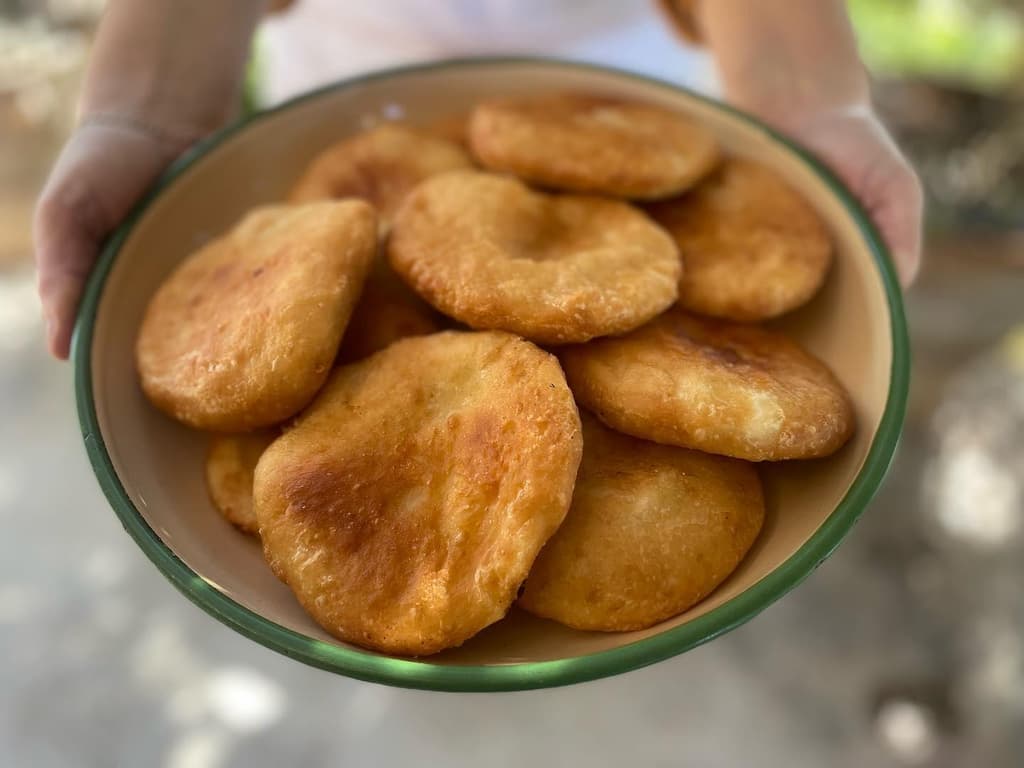
Agnopites
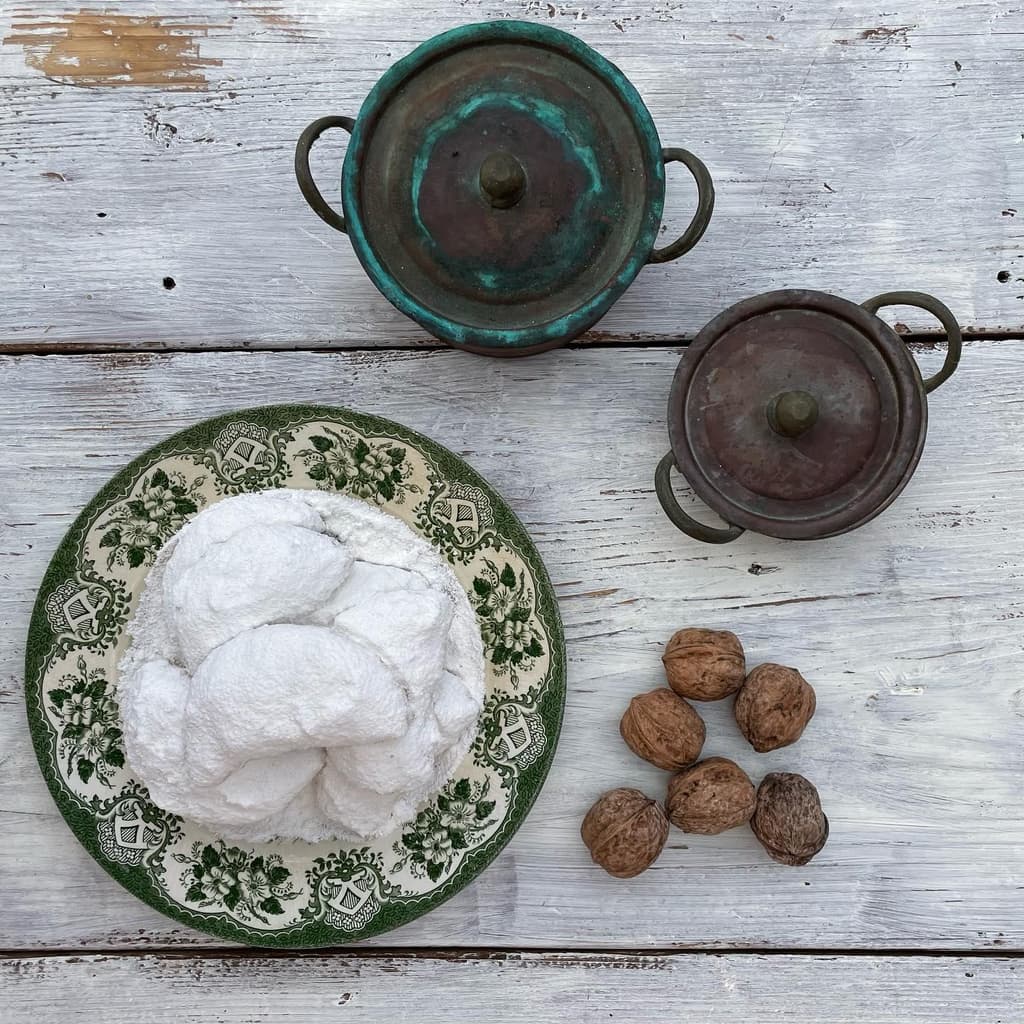
Patoudo

Safidota

Kakavia (Fish Soup)
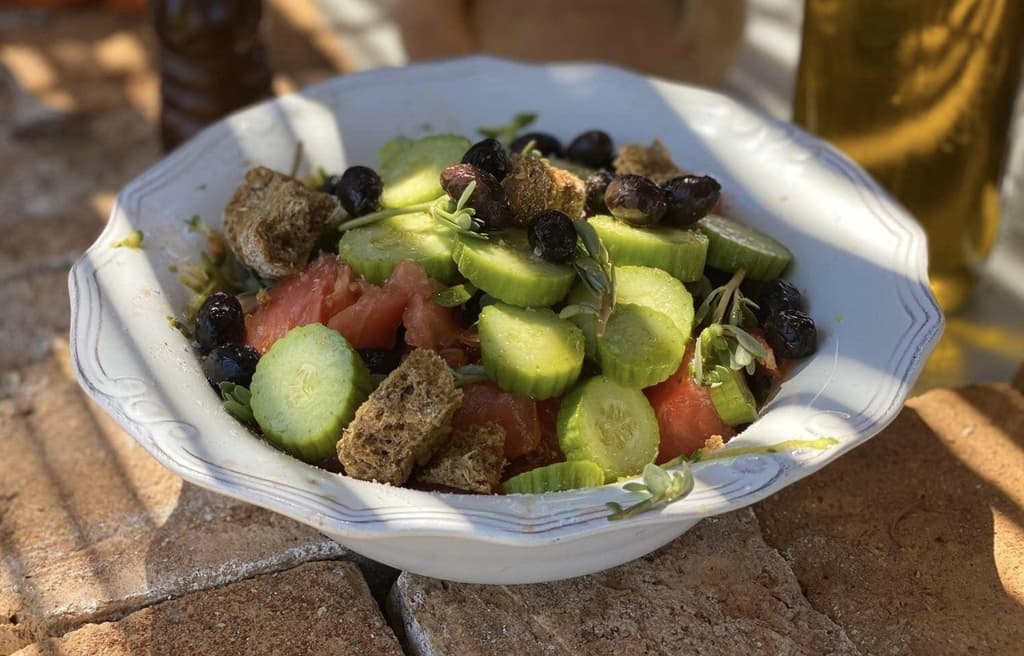
Cretan Greek salad

The Sweet Bounty of the Cretan Harvest
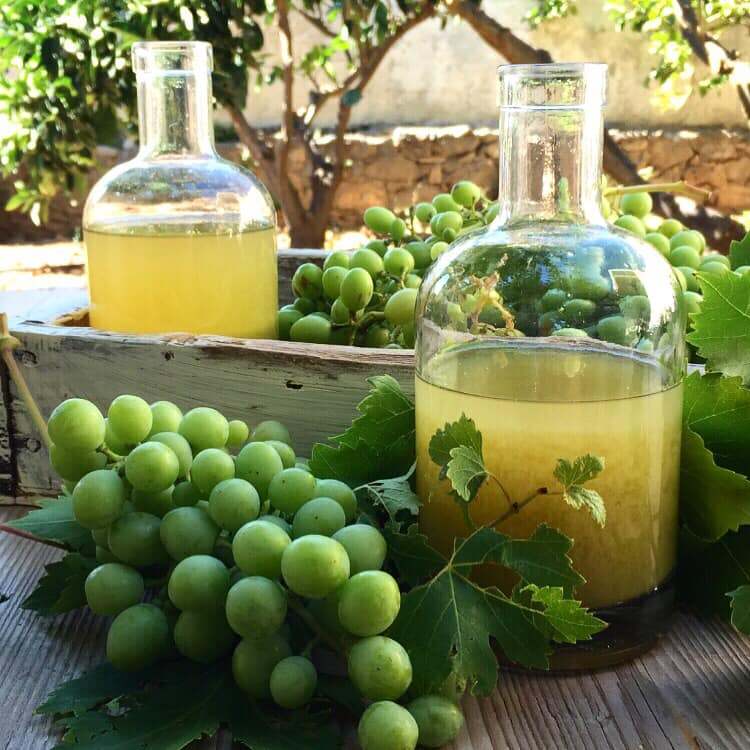
Okra and Unripe Grape
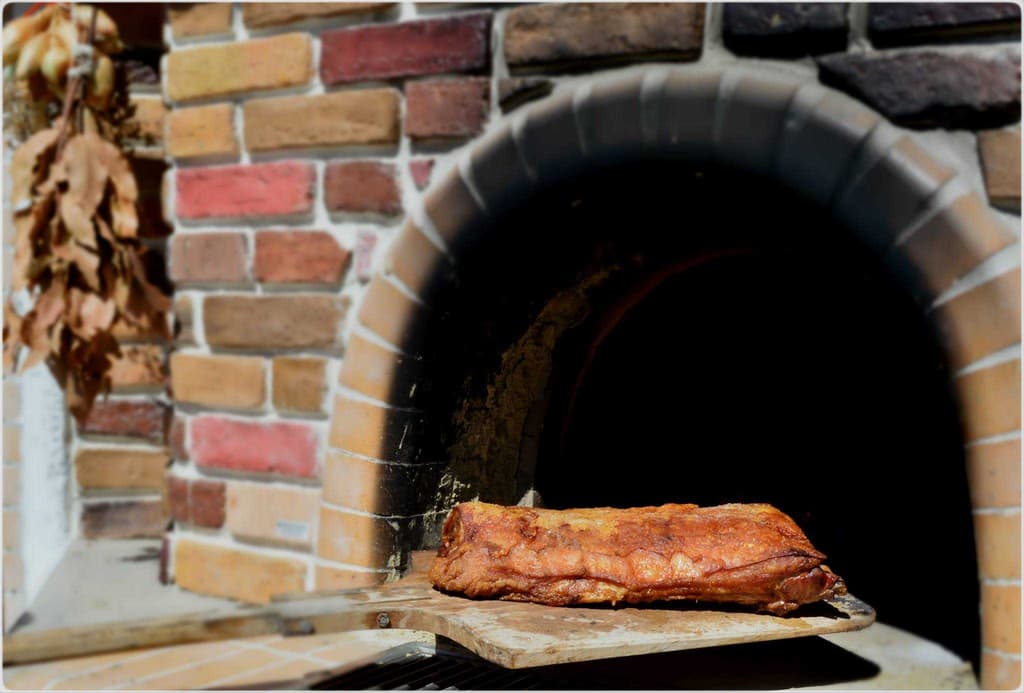
Kapriko
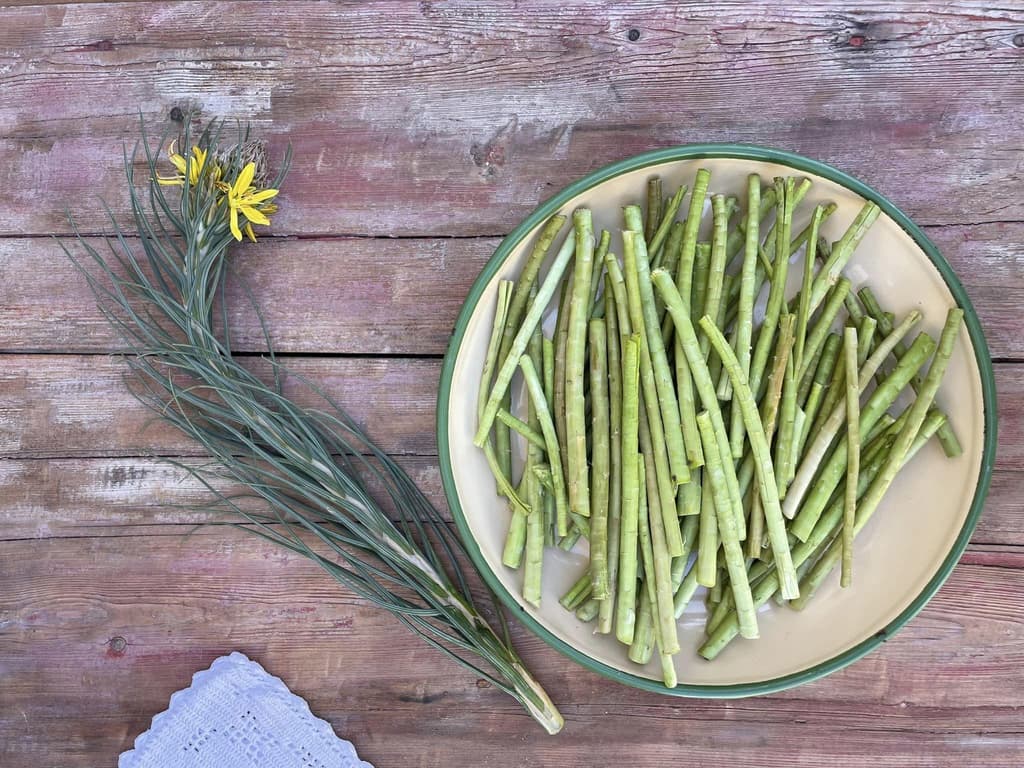
Discovering and Cooking Asphodelaceae: A Taste of Local Cuisine
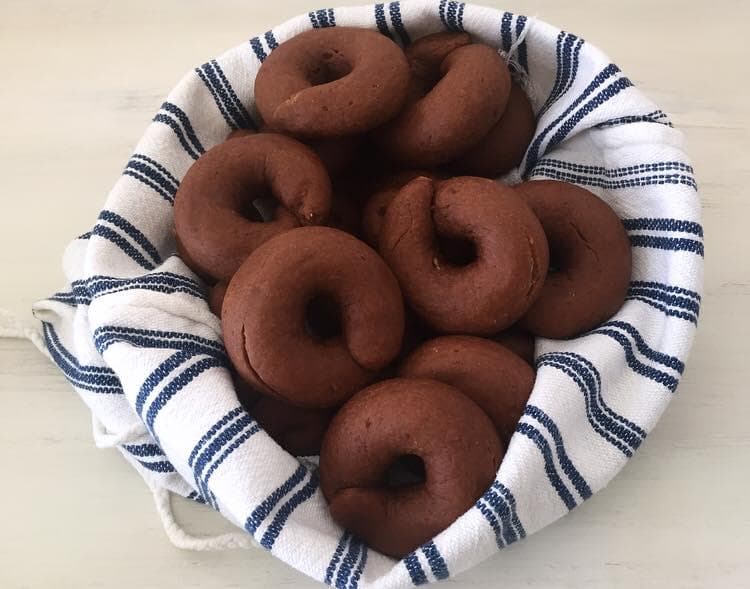
Moustokouloura
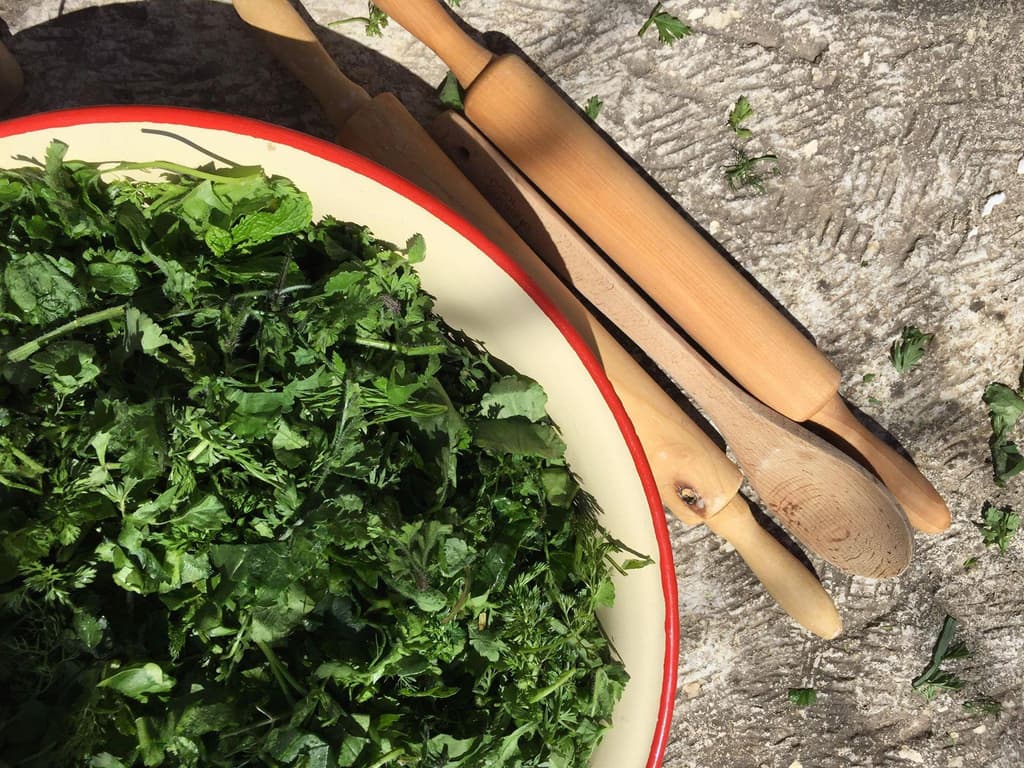
Pie with 'Yachnera' Greens: Baked to Perfection

Pumpkin Stifado
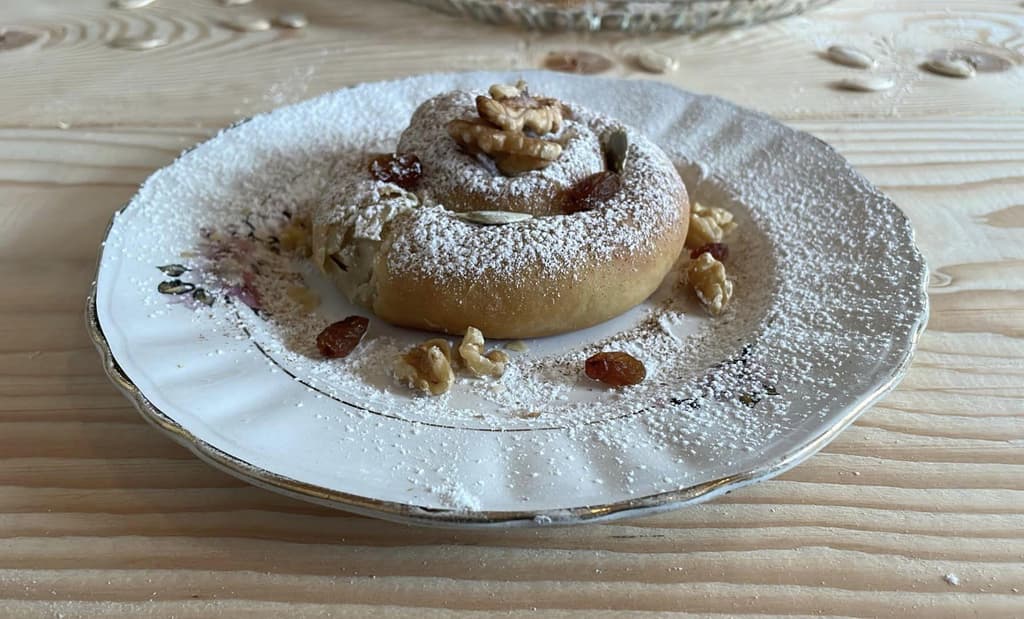
Sweet Pumpkin Pies with Raki Leaves (Oven)
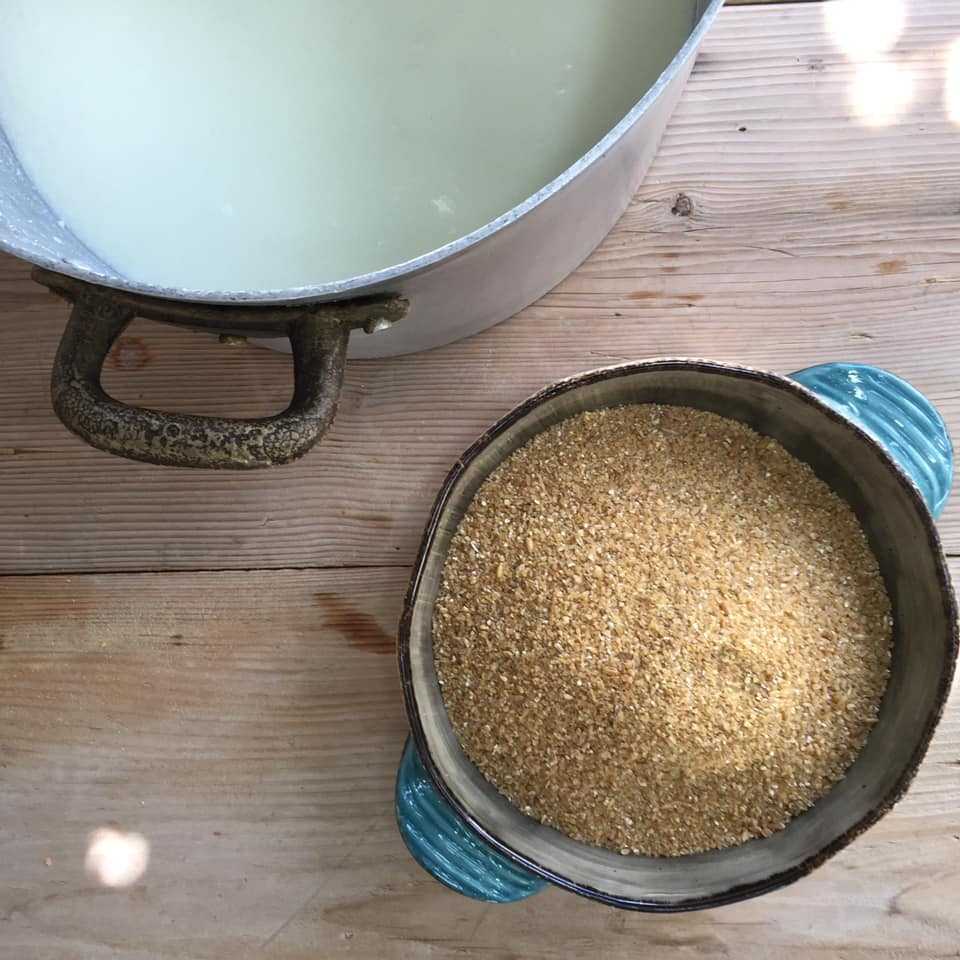
Xinochondros: Sour Bulgur Pasta
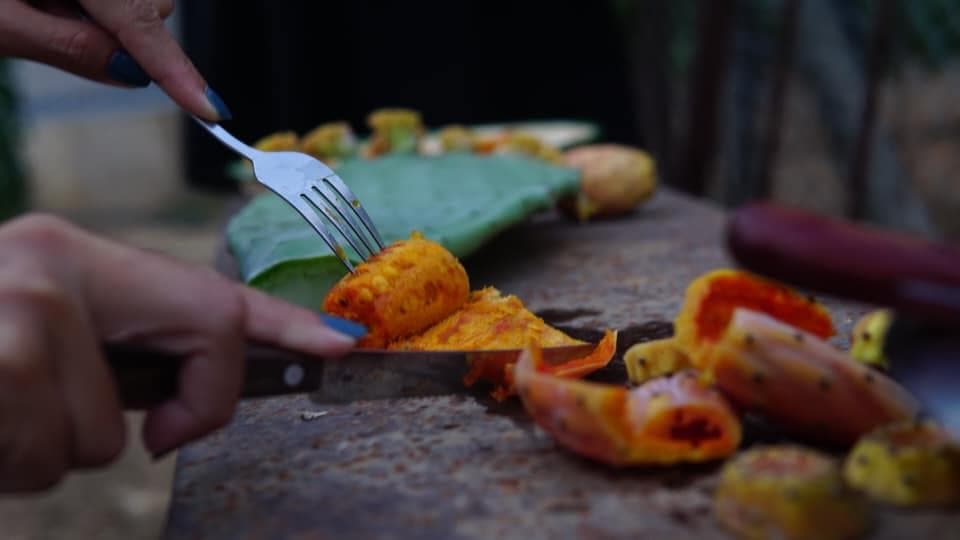
Prickly Pear or Indian Fig
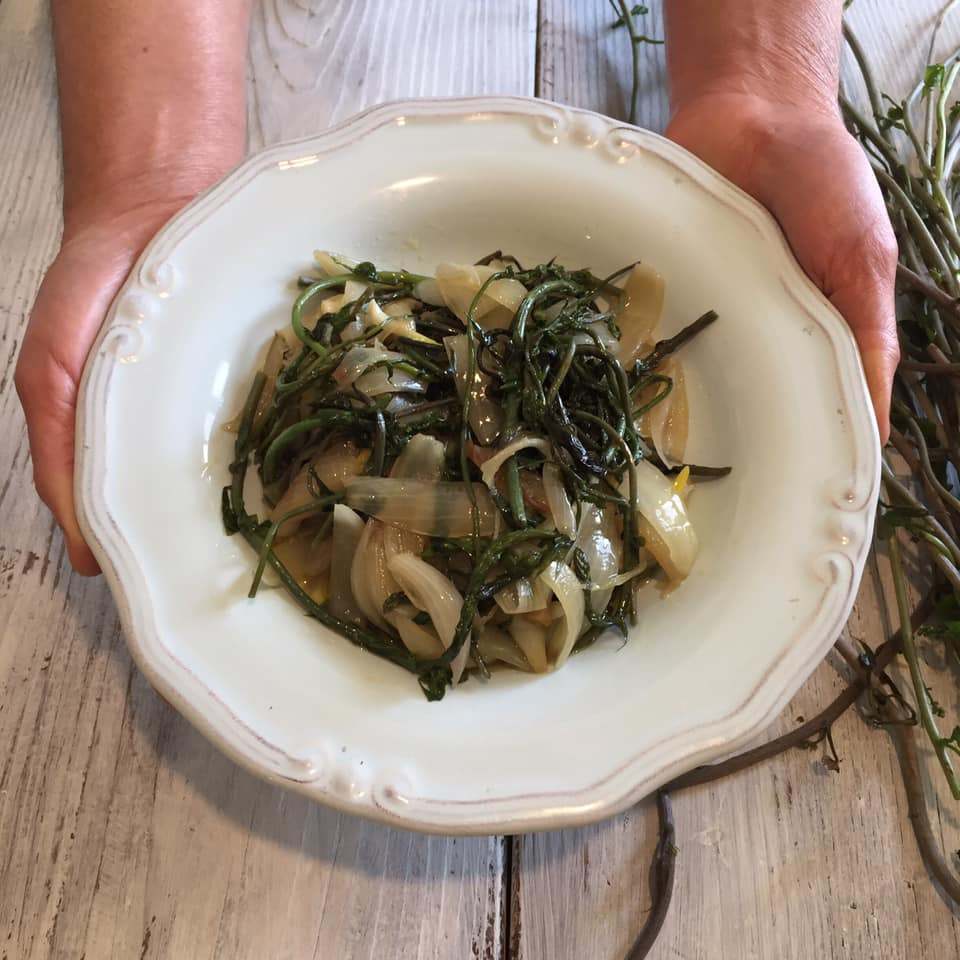
Black Bryony

Tahini Soup without Oil
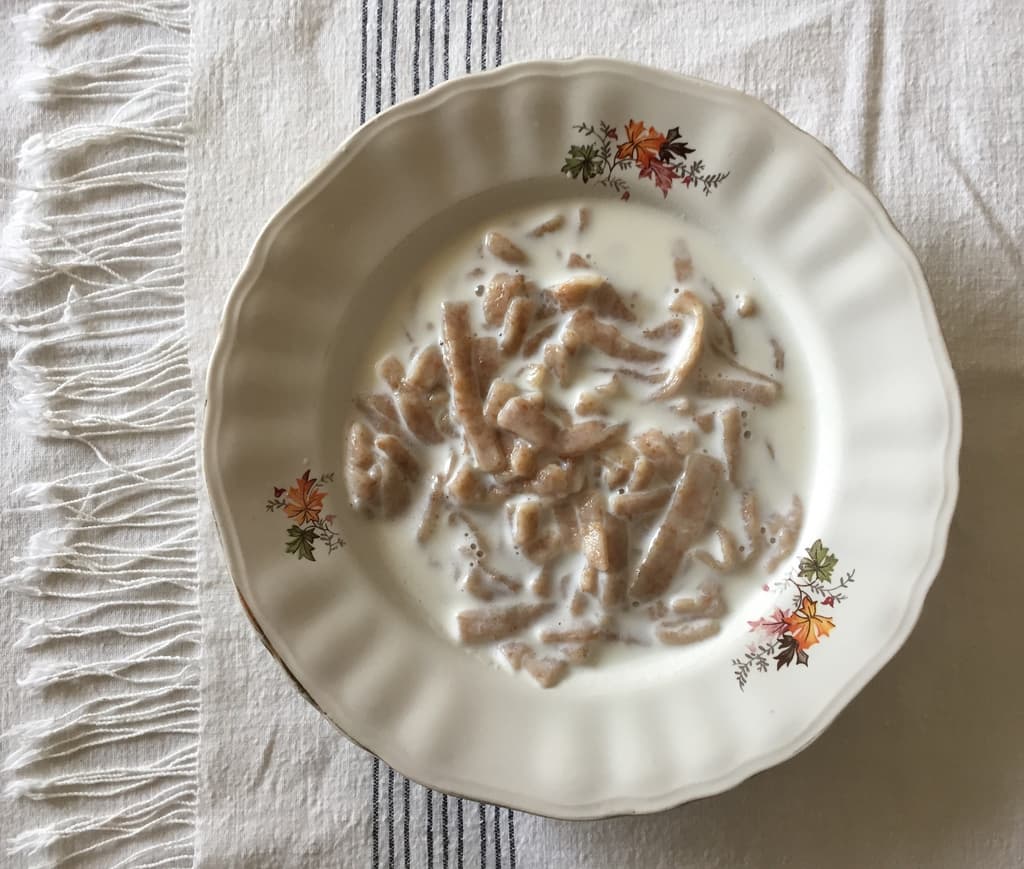
Chylofta with Milk
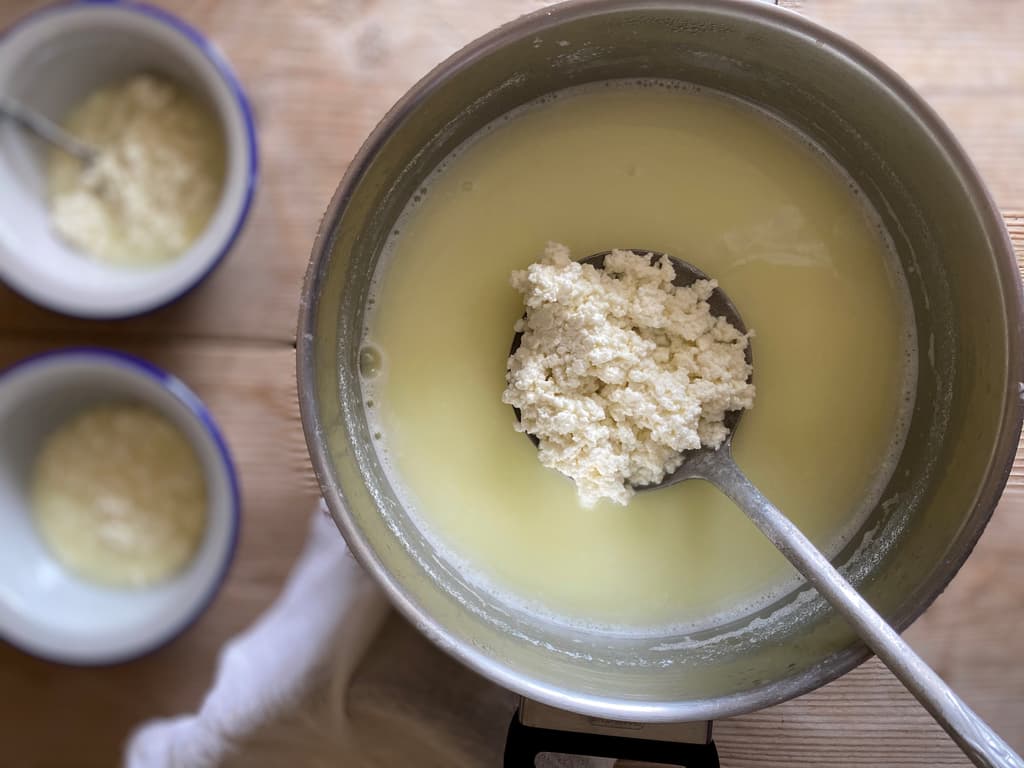
Tyrozouli or Cretan Home Cheese
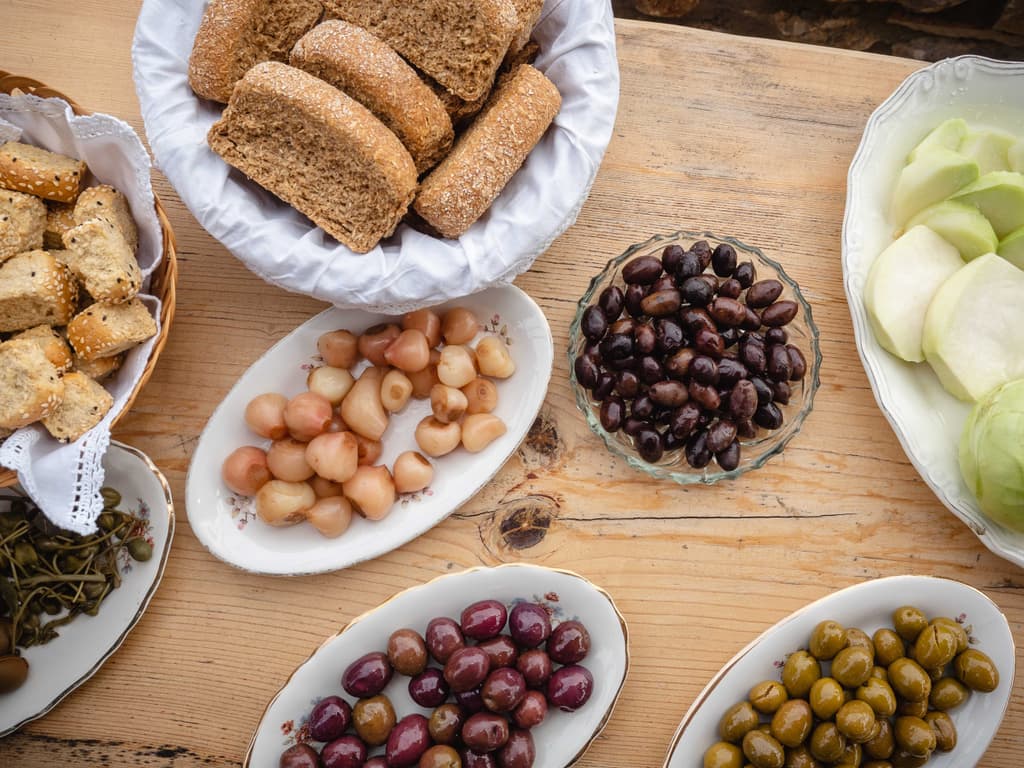
Pickled Tassel Hyacinth

Sourdough Dagoulakia
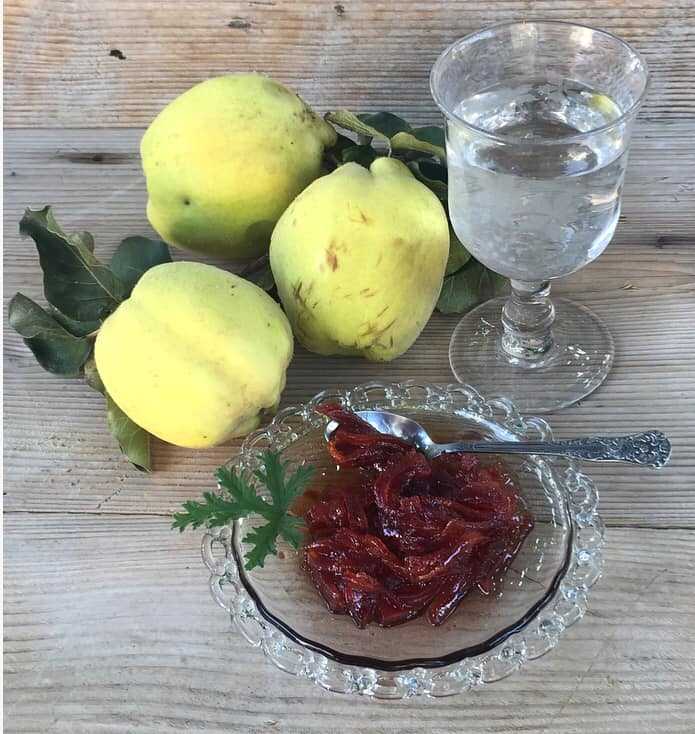
Quince Confection

Delicious Homemade Treat with Lemon Blossoms
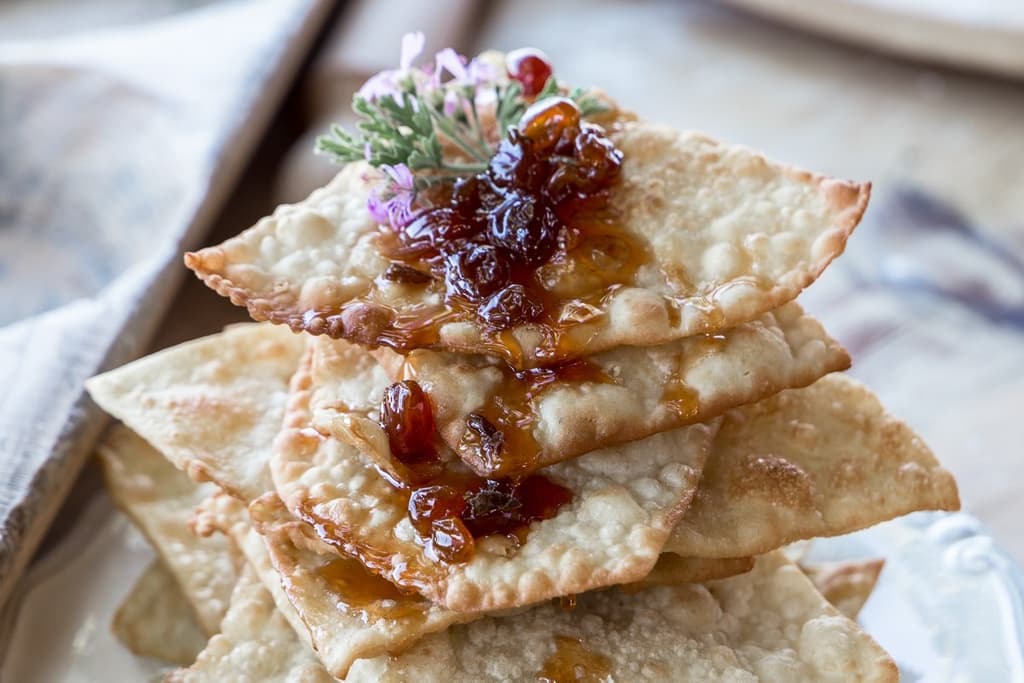
Tiganopites: Greek Fried Pies

Dietary Practices in 17th Century Crete
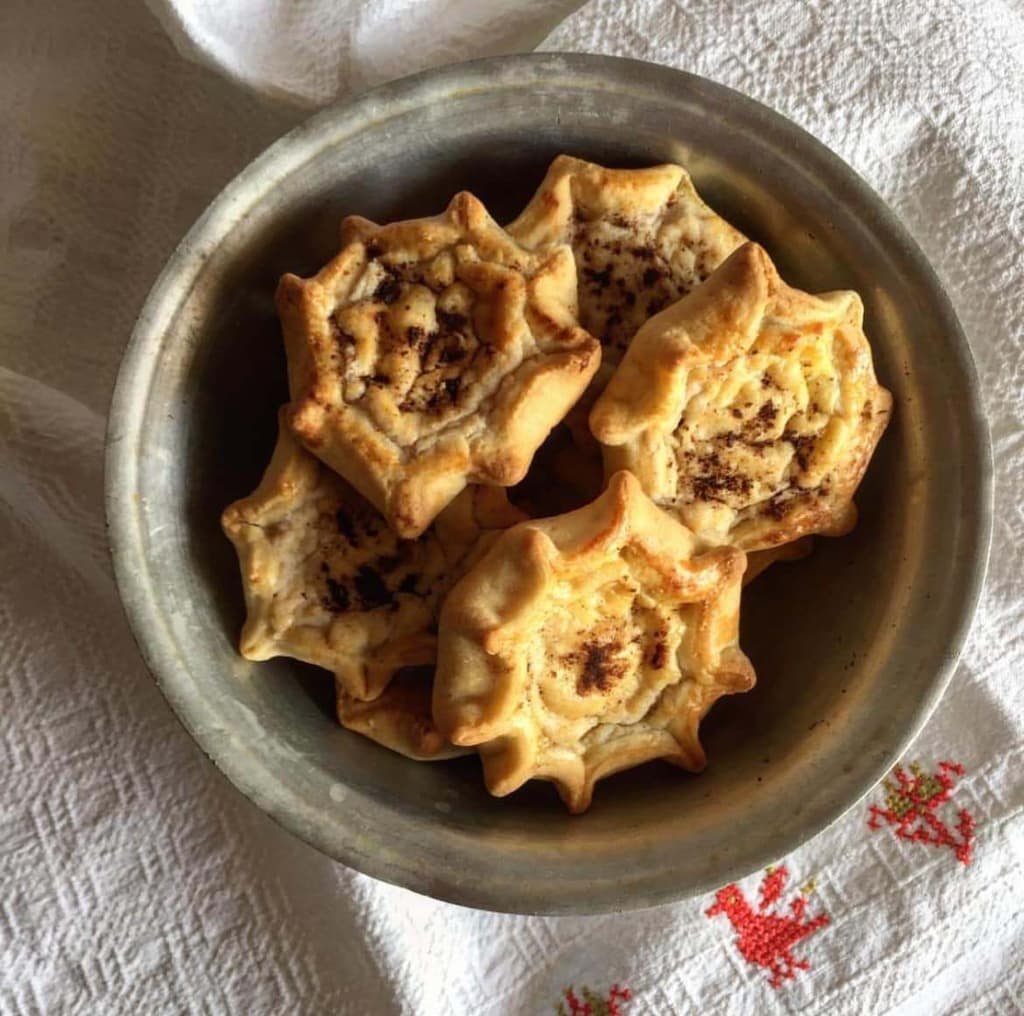
Lychnarakia
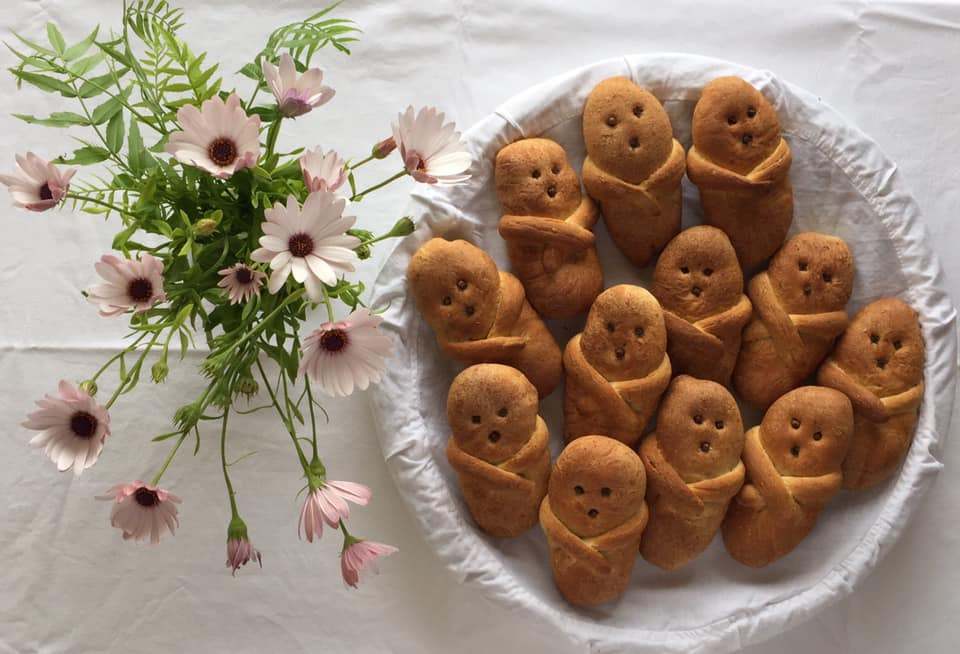
Lazarakia
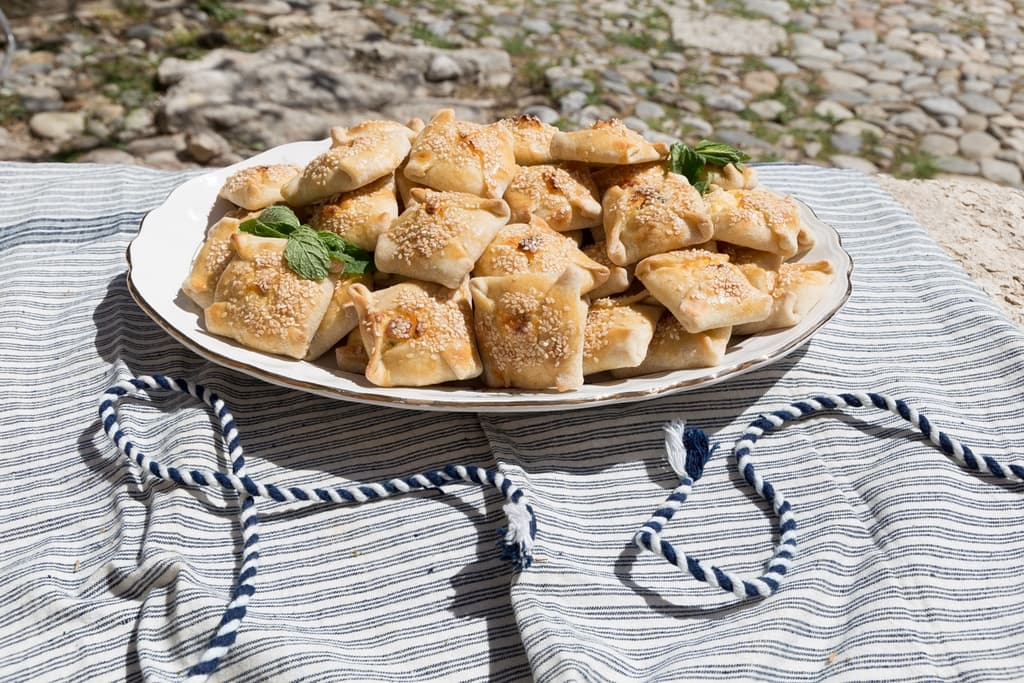
Kalitsounia from Chania
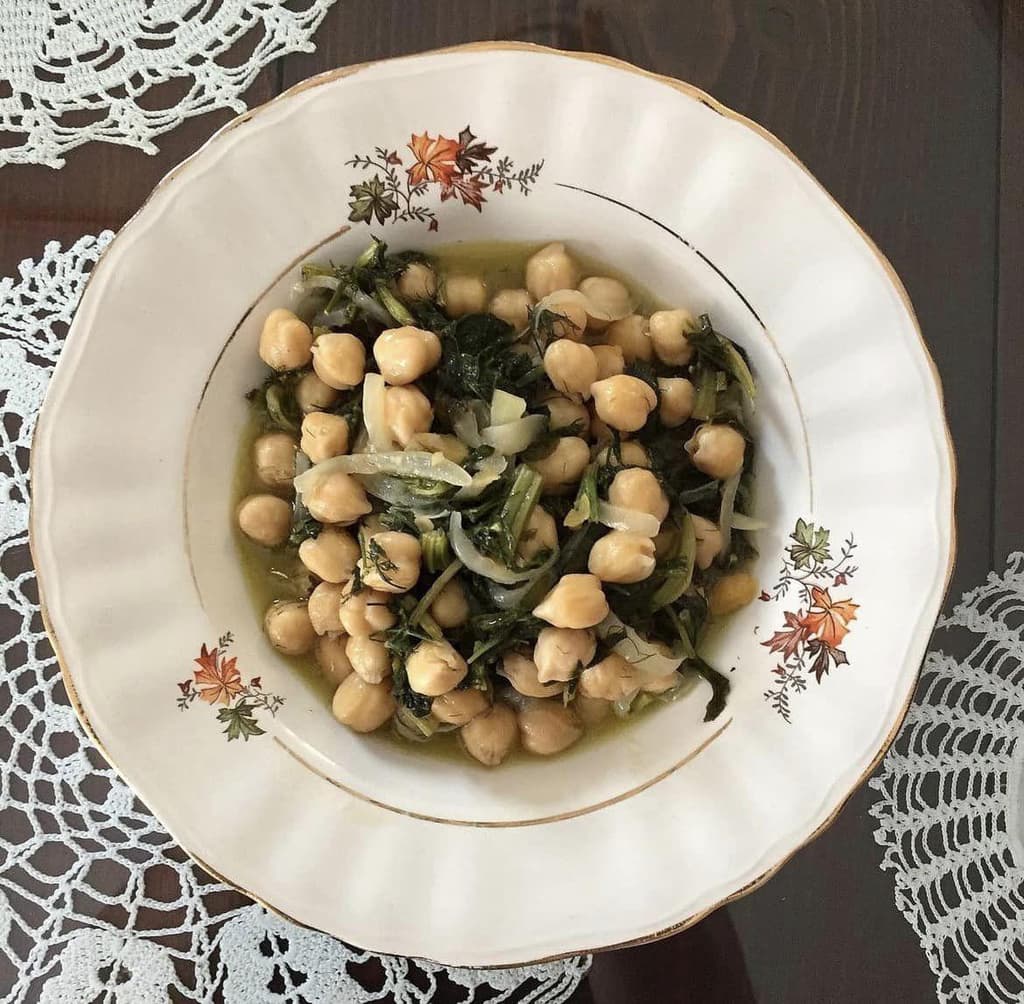
Chickpeas with Yachnera: A Delightful Dish

Gastrin
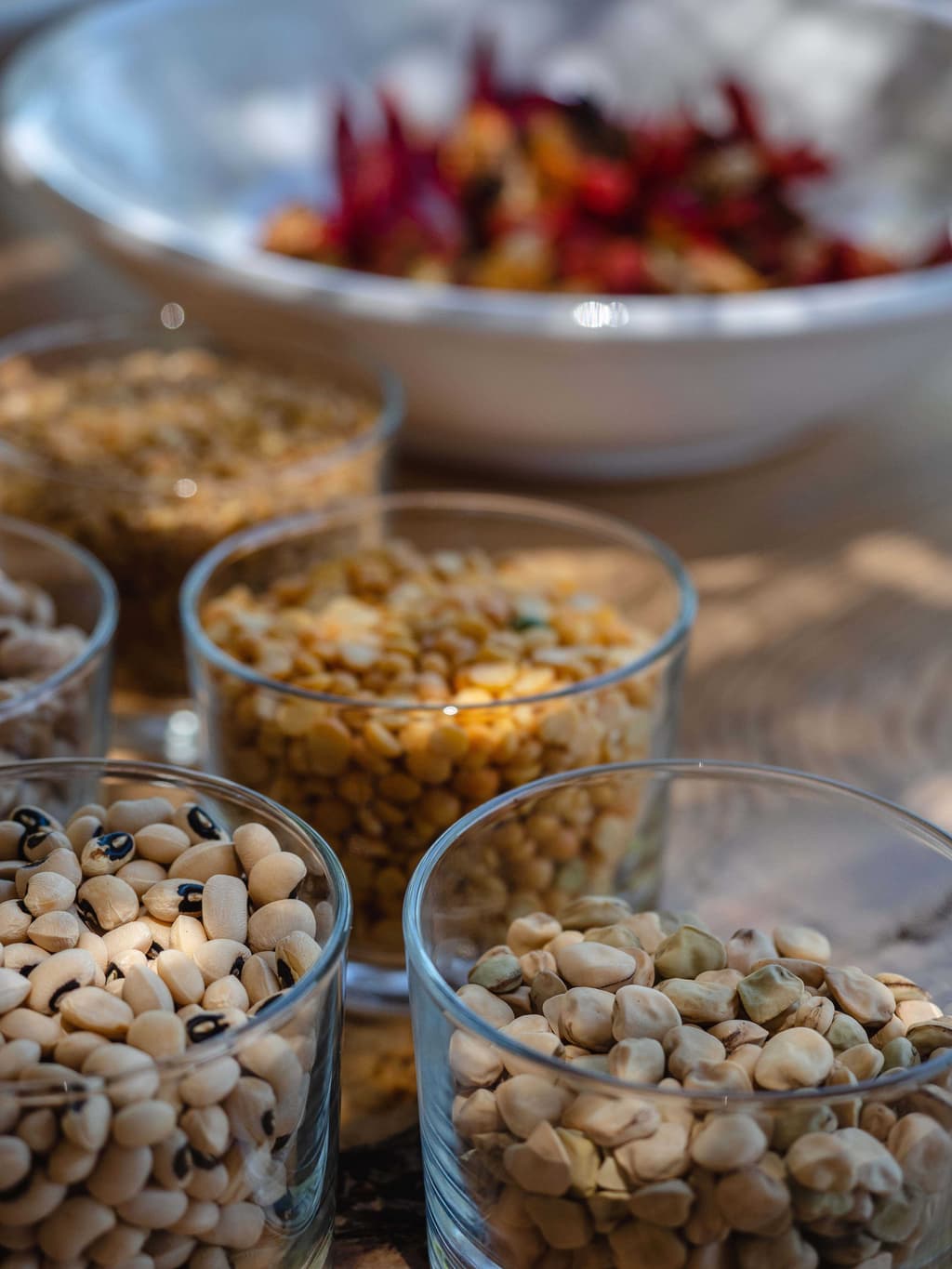
Fotokollyva
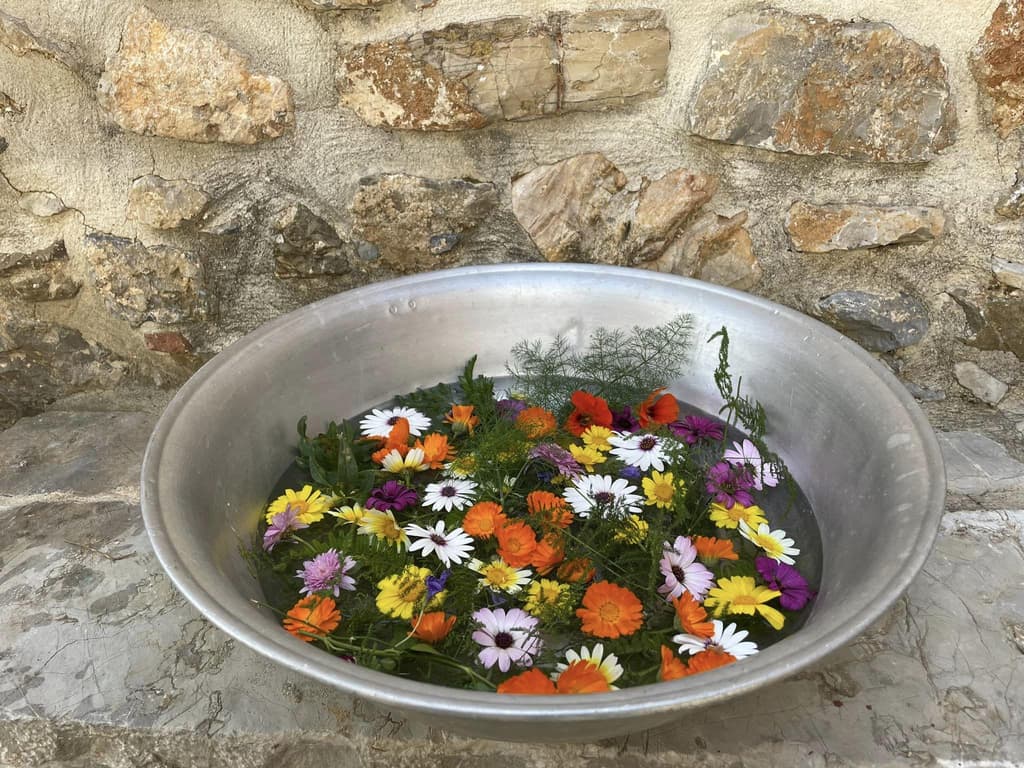
Dyeing Easter Eggs with Madder Root and Flower Blossoms
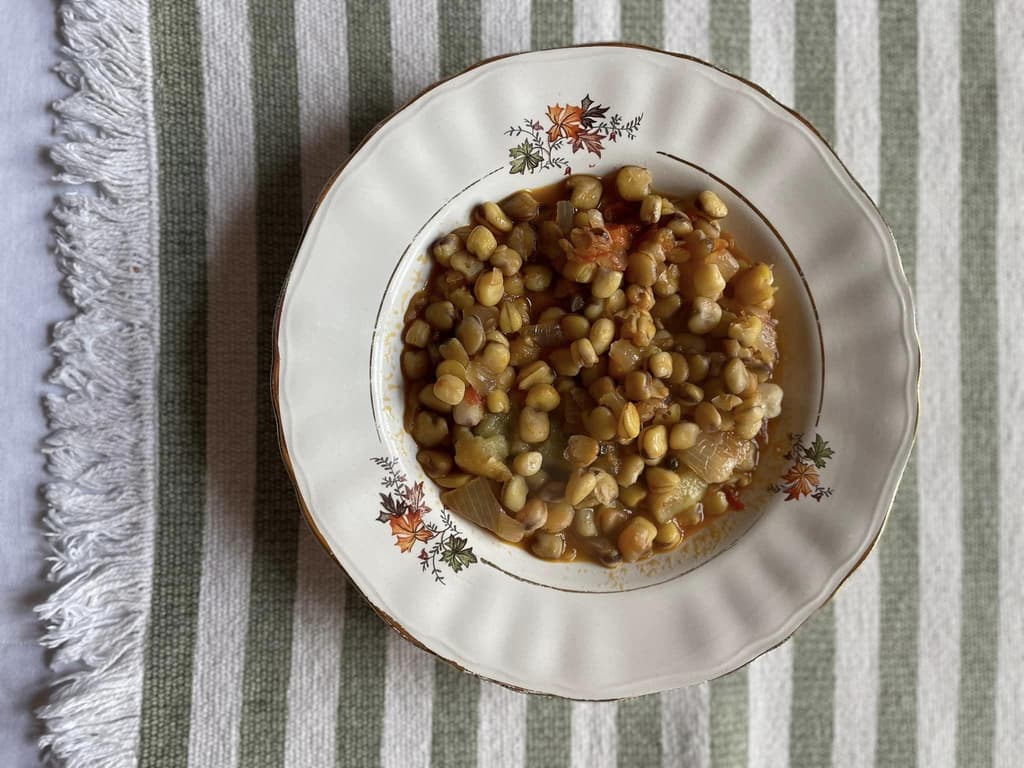
Biza or Manarolia Stew with Eggplants
